CALIFORNIA SCENES
-
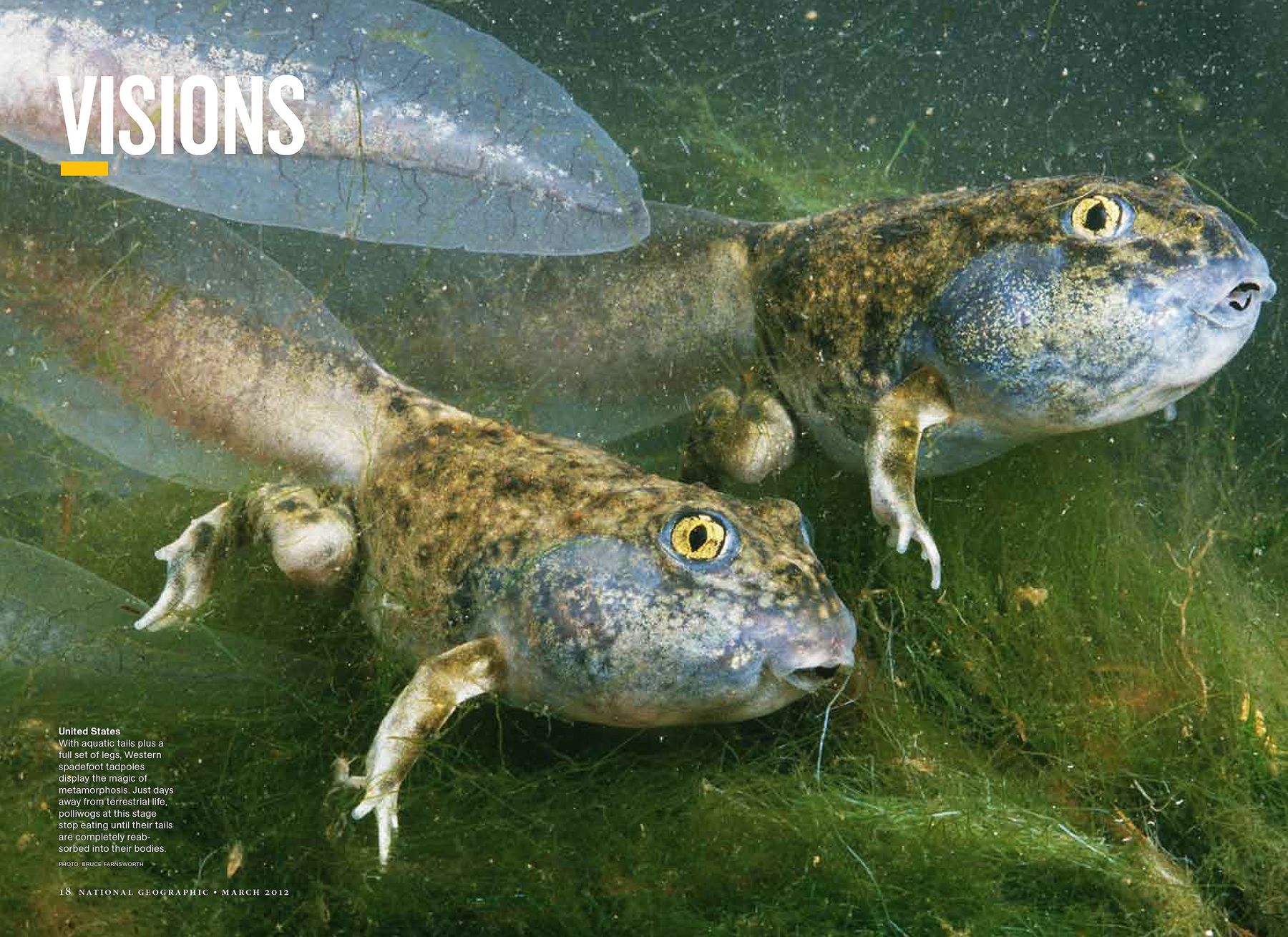
-
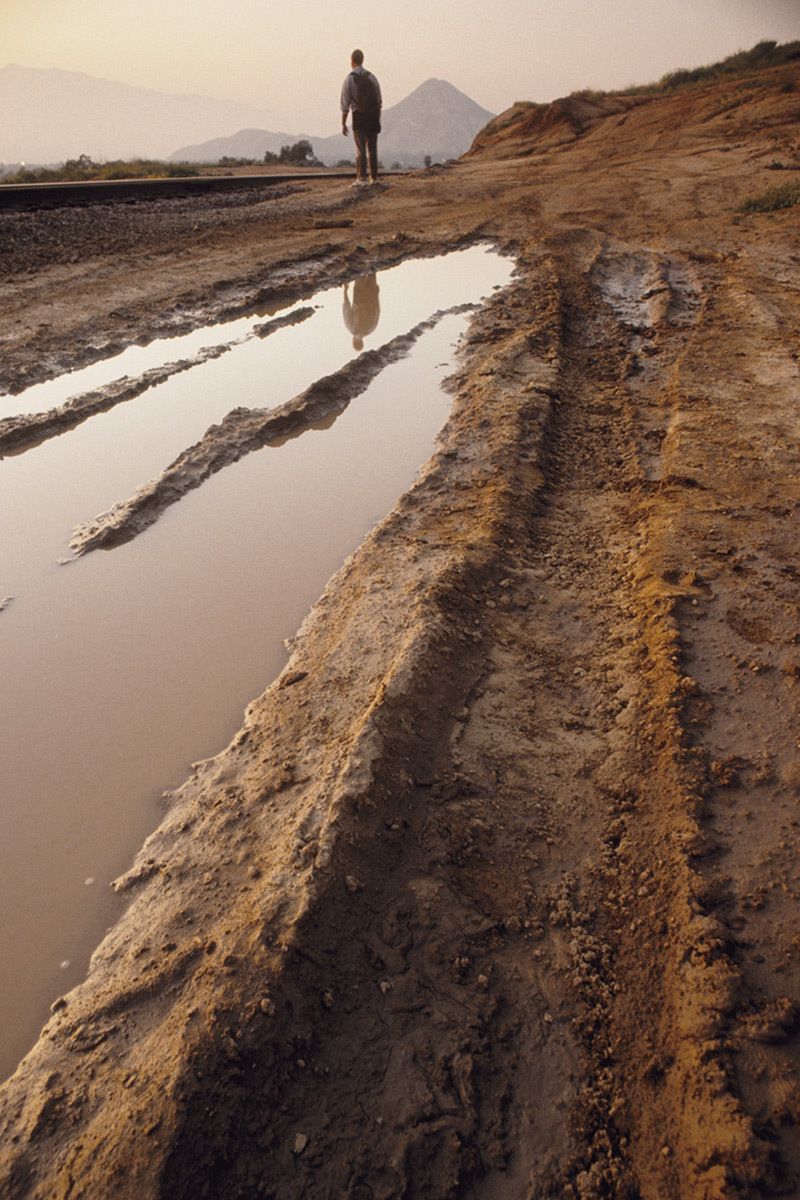
This scene in the Moreno valley of Riverside county is descriptive of the risks facing the Western spadefoot toad. Ponds are may be impacted by off-road vehicle users who are not made aware of the importance of seasonal and ephemeral ponds.
-
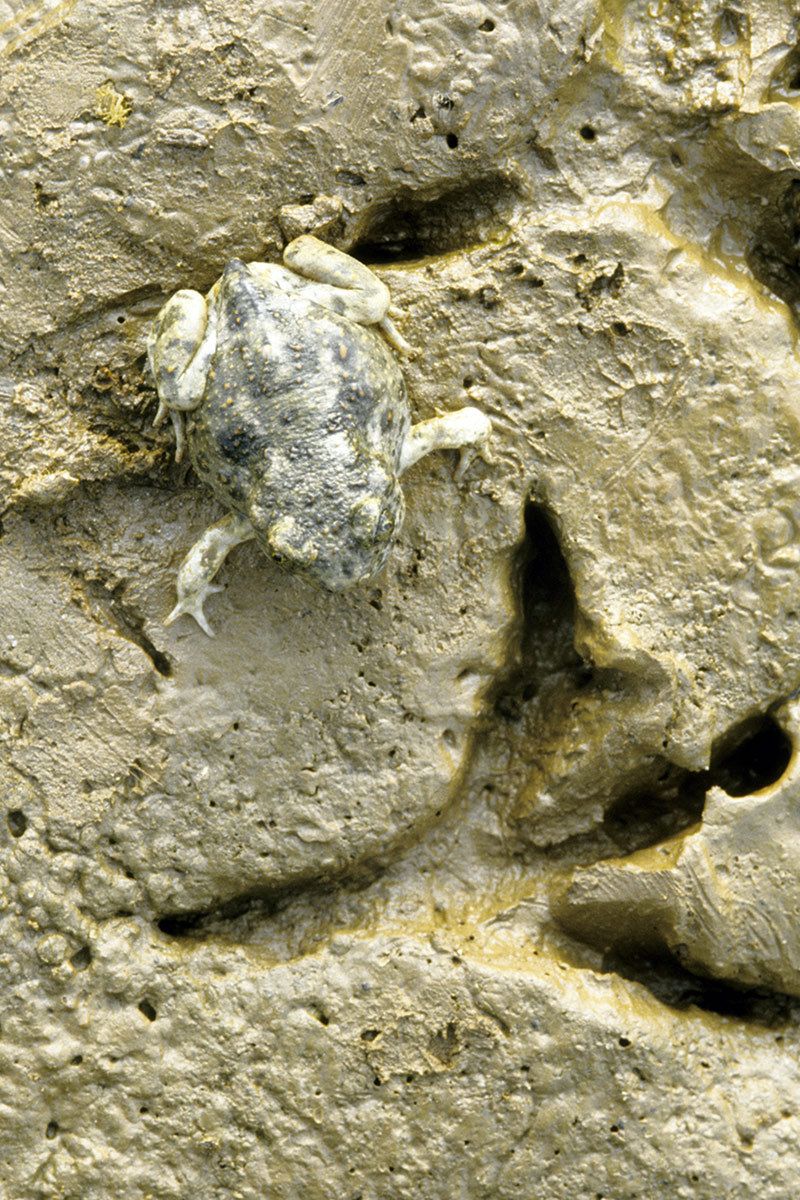
Juvenile western spadefoot toad (Scaphiopus hammondi hammondi) beside the track of one of it's predators, the raven. Photographed at a seaonal pond in Riverside county, southern California.
-
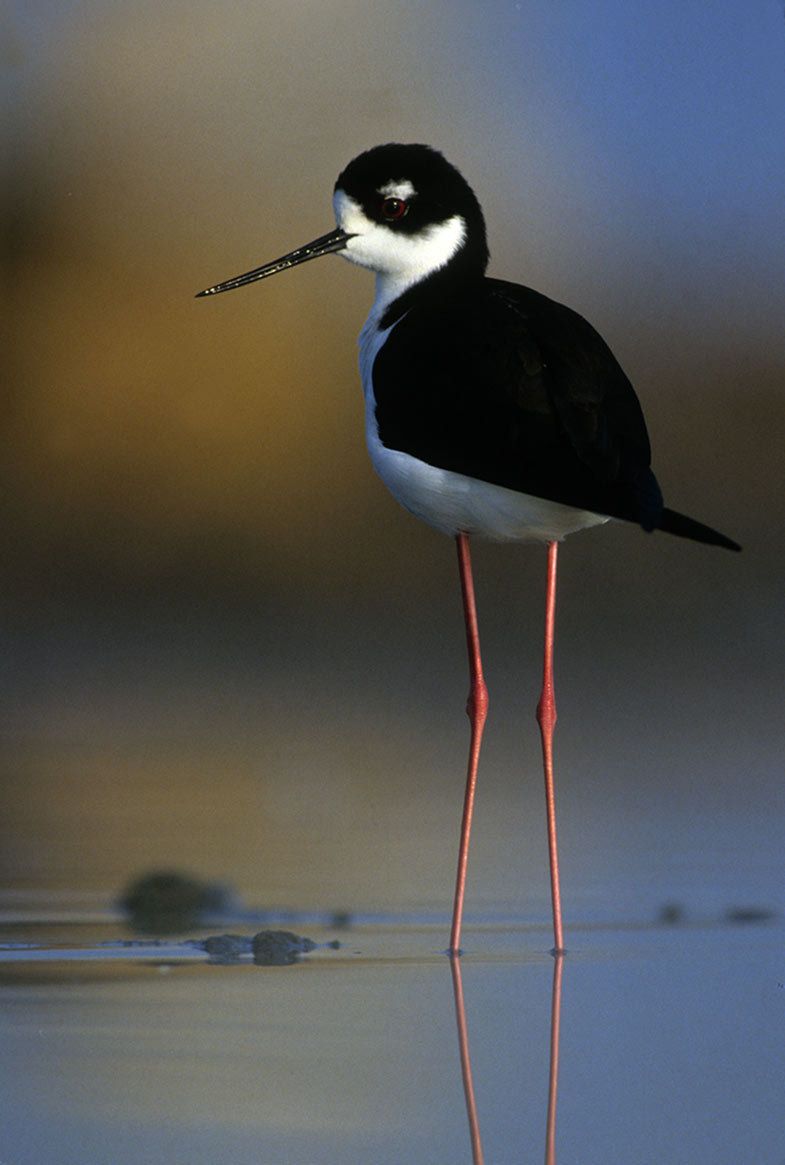
The Black-necked stilt (Himantopus mexicanus) is a common shorebird of marsh and estuary.
-
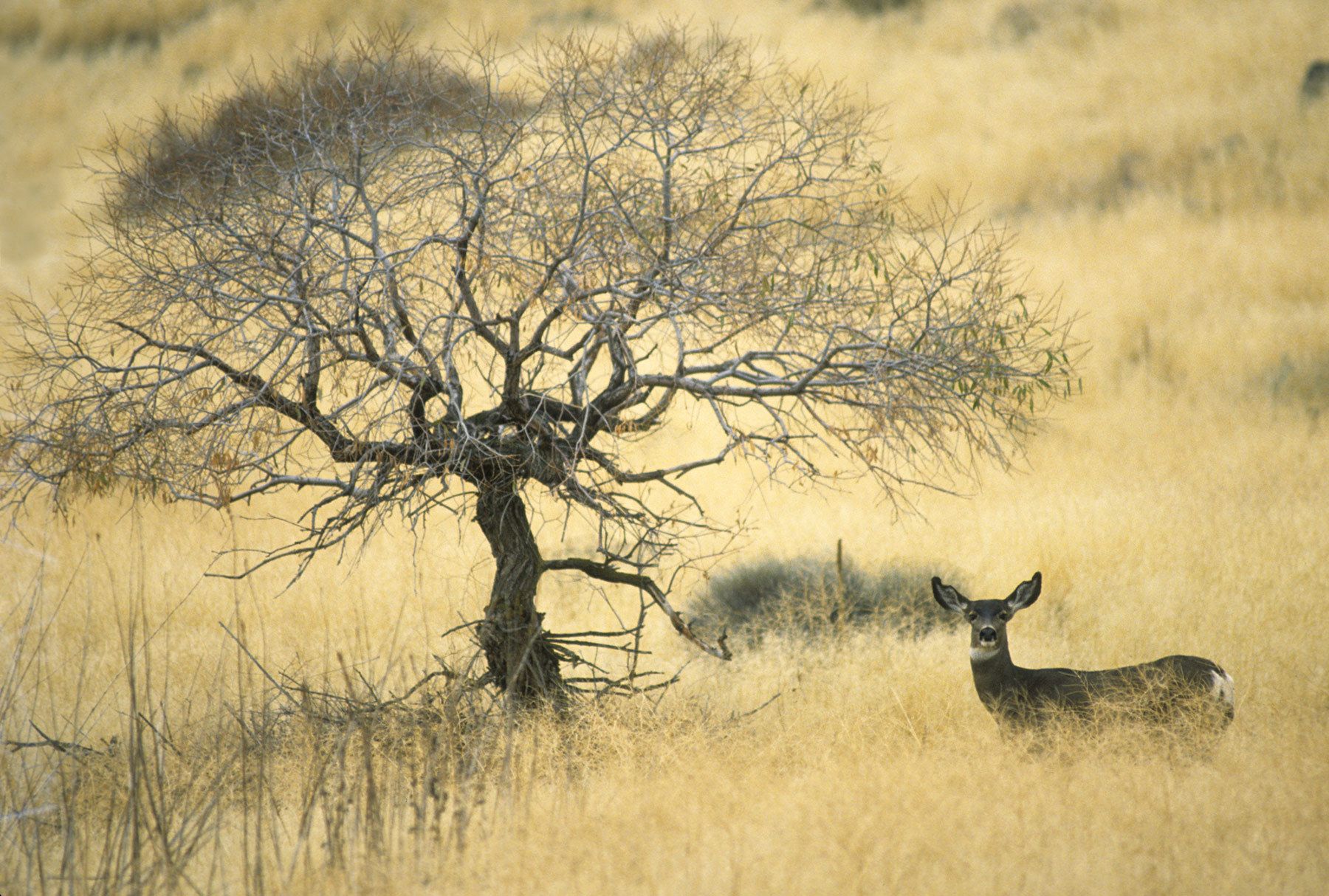
A mule deer (Odocoileus heminonus) stands in open scrubland at Tulelake National Wildlife Refuge in northern California.
-

This bark scorpion fluoresces bright green on red-fluorescing calcite substrate in the Sonoran desert near the coastal mainland Mexico town of San Carlos. Photographed while on assignment for Smithsonian magazine. The image was made possible by two handheld black lights, a tool used by the entomologists on this expedition to survey the scorpions of Baja California.
-
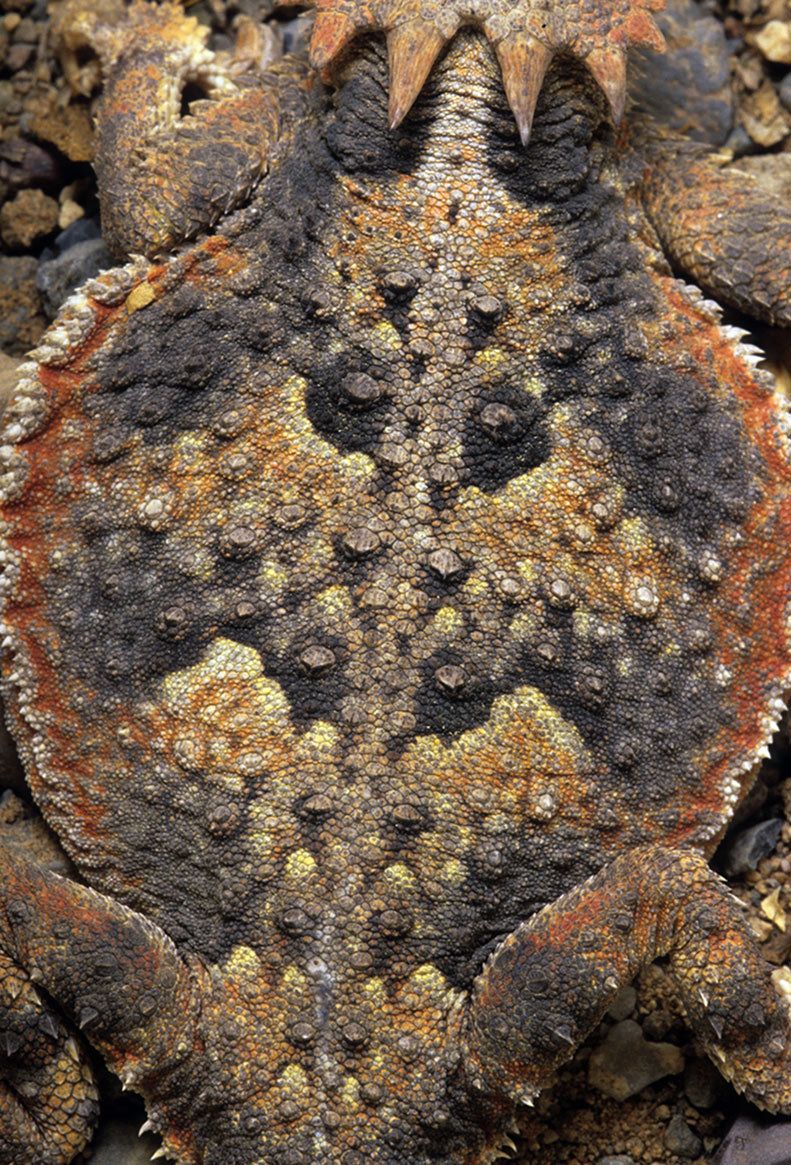
This wild desert horned lizard (Phrynosoma platyrhinos) was protected by restricted access to its Mojave desert habitat on NASA's Goldstone Deep Space Tracking Station in southern California.
-
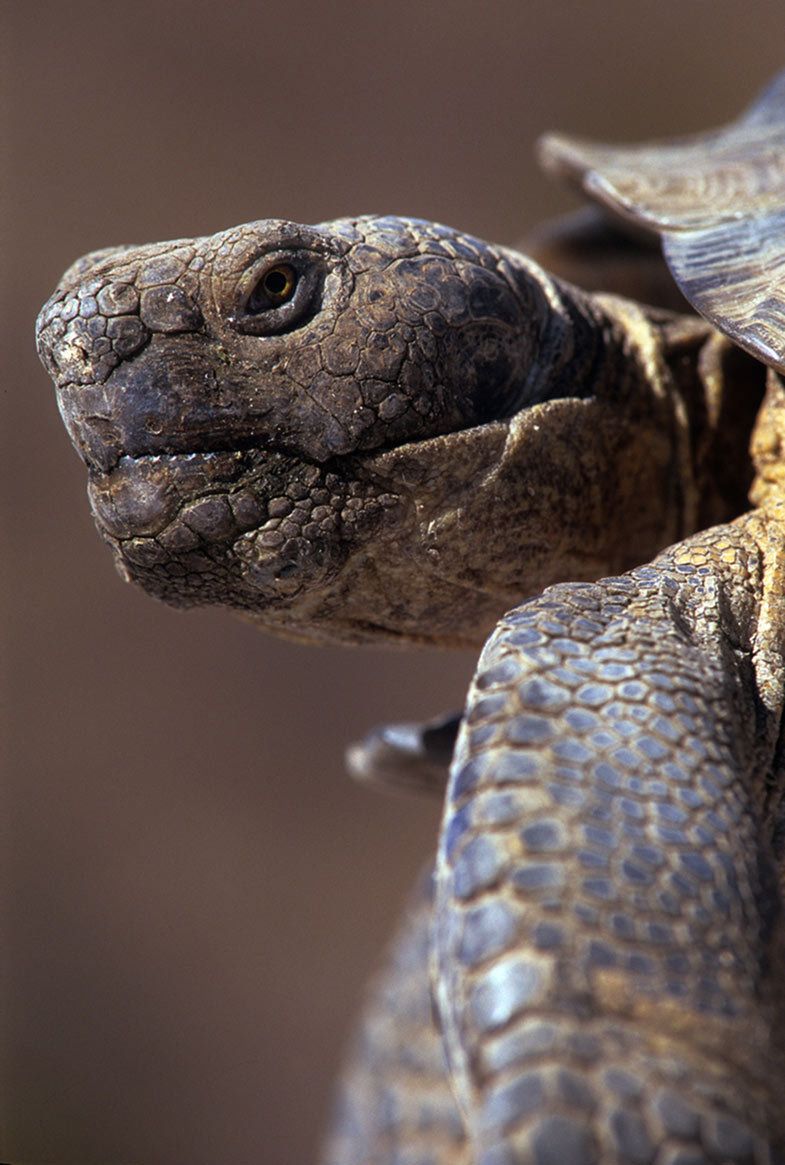
Desert tortoise photographed the Living Desert Reserve near Palm Desert, California. The tortoise has been listed as a threatened species by the U.S. Fish & Wildlife Service since April 1990 when populations were found to have delcined as much as 95 percent due to poaching, collection for pets, disease introduction and habitat loss and degradation.
-
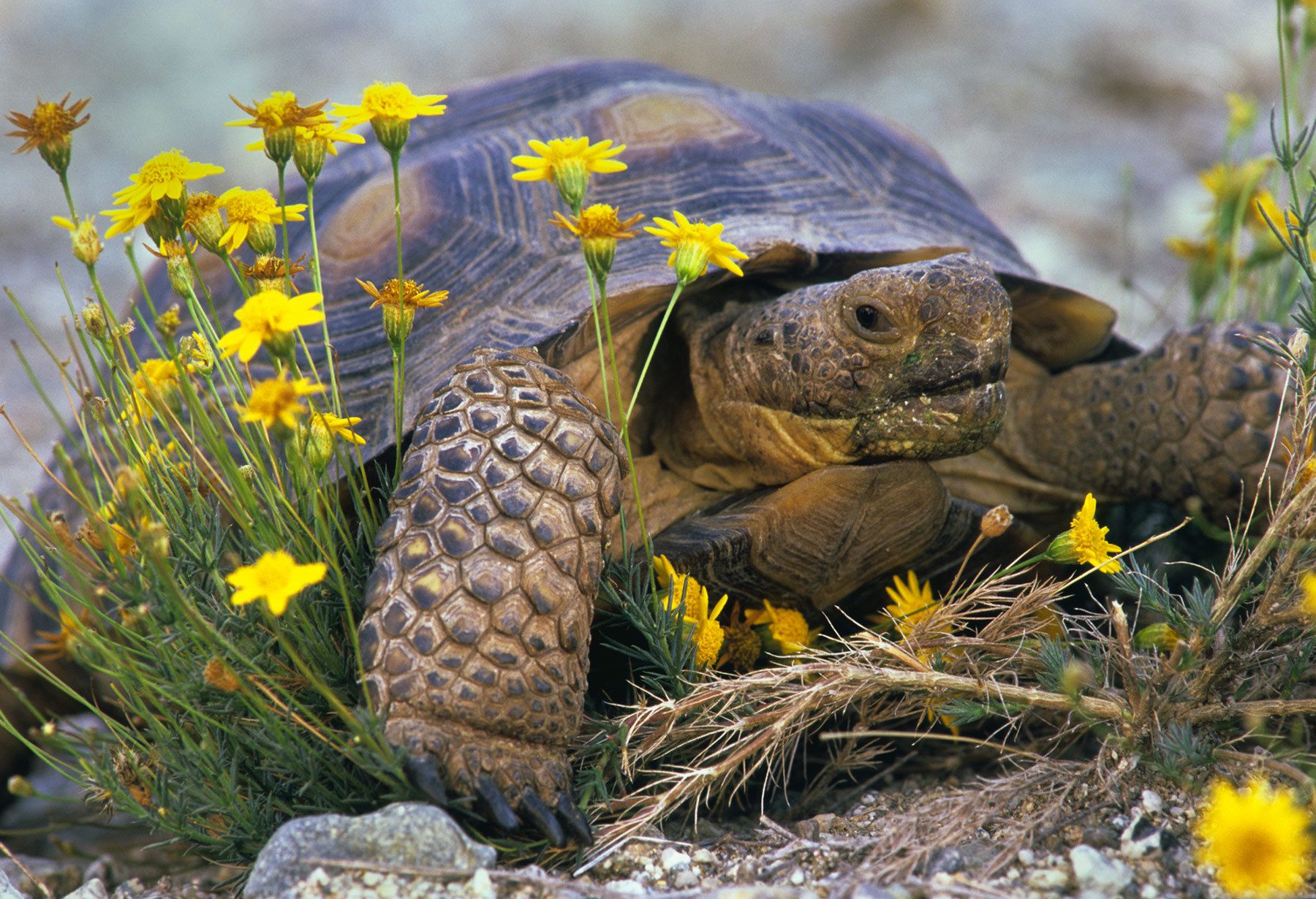
A Mohave desert tortoise (Gopherus agassizii) cruises through a stand of wildflowers at the Living Desert Reserve near Palm Springs, California, a leading center for desert education in southern California. The tortoise has been listed as a threatened species by the U.S. Fish & Wildlife Service since April 1990 when populations were found to have delcined as much as 95 percent due to poaching, collection for pets, disease introduction and habitat loss and degradation.
-
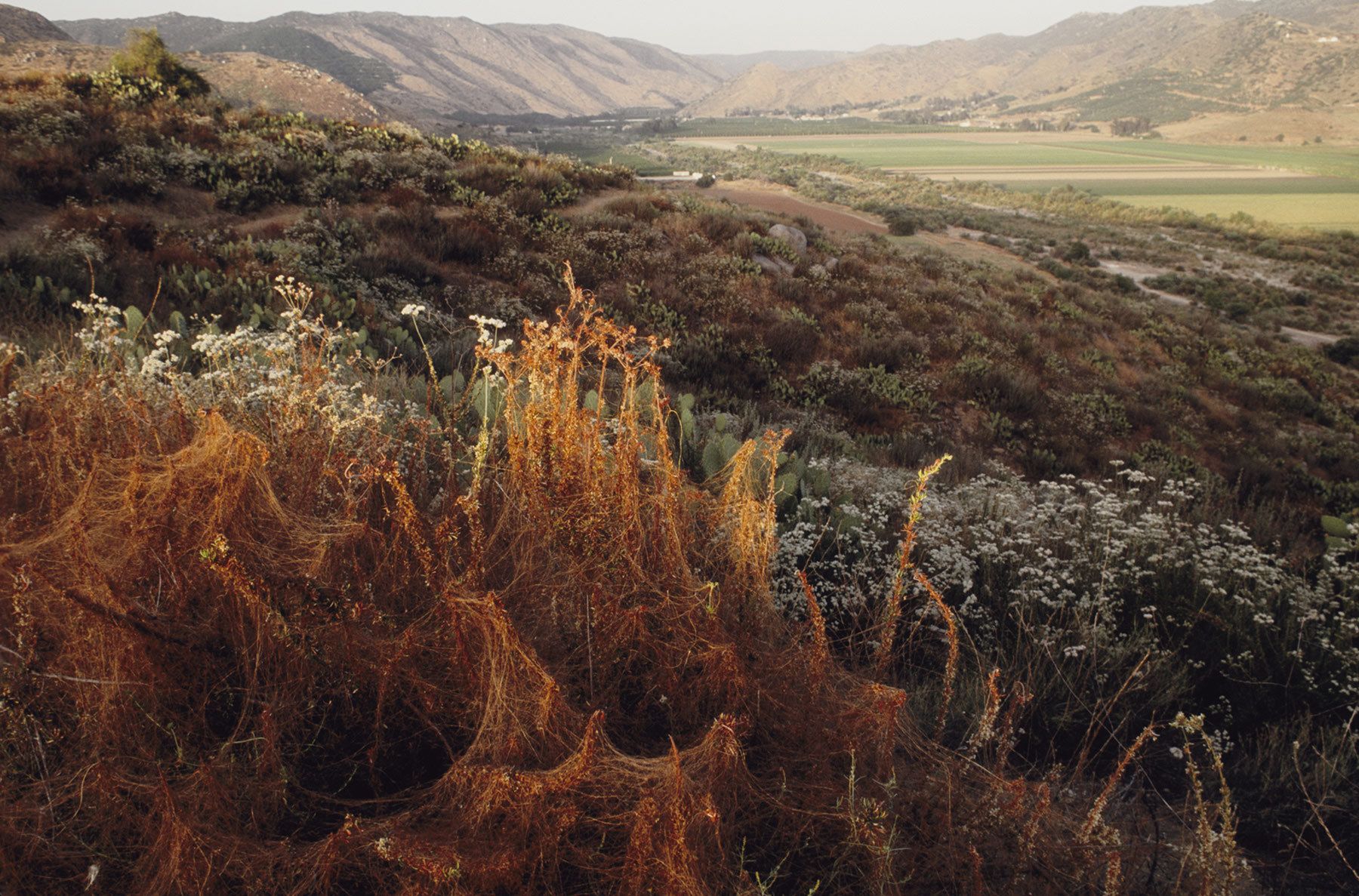
Orange dodder (Cuscuta californica) drapes the California buckwheat (Eriogonum fasciculatum) in this scene of the coastal sage scrub plant community of southern California near the San Diego Wild Animal Park.
-
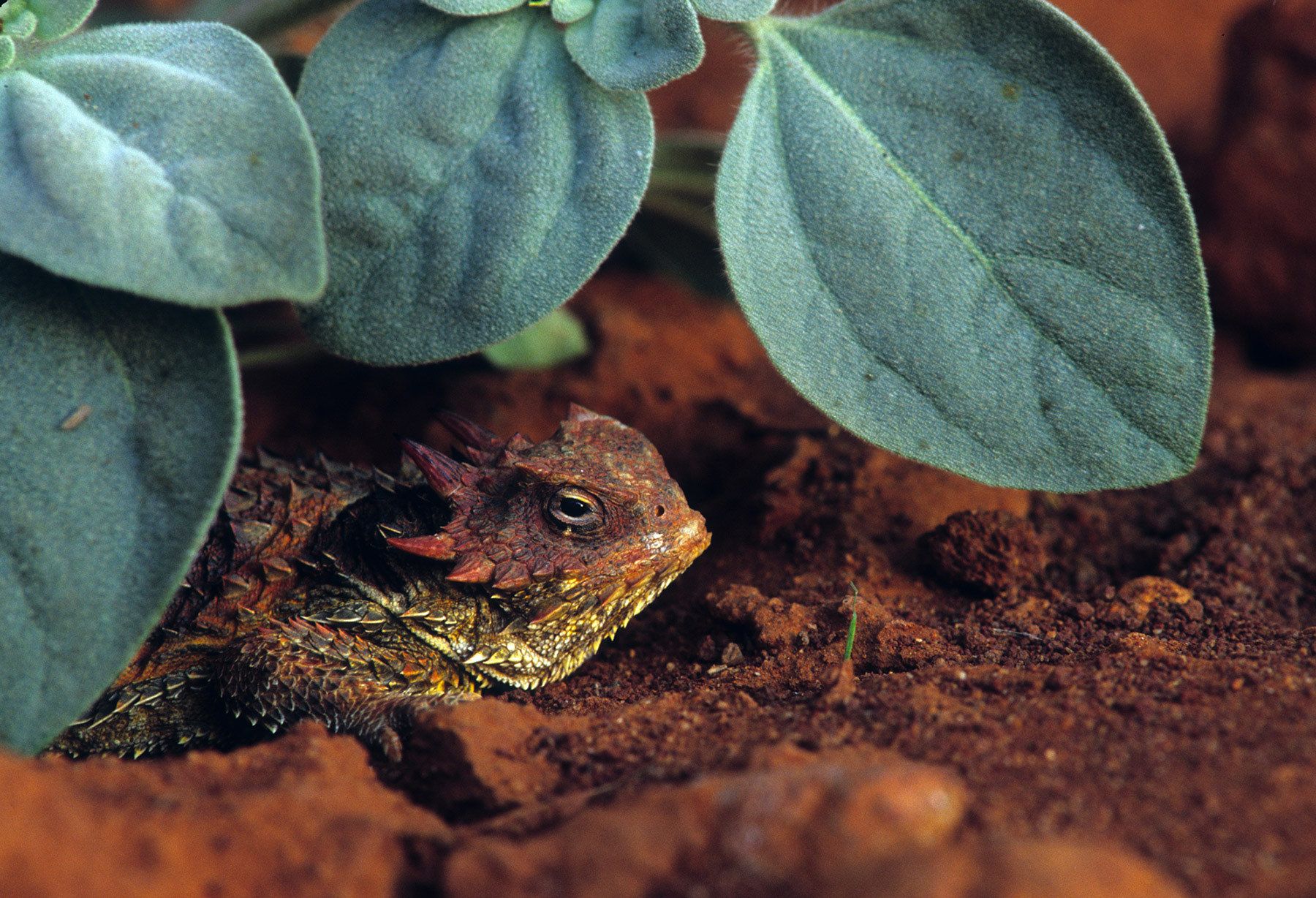
The San Diego horned lizard (Phyrnosoma coronatum blainvillii) is a Federal Species of Special Concern impacted heavily by housing development in coastal southern California and prior to that by the curio trade, where lizards were collected, stuffed, shellacked and mounted for sale to tourists. This lizard takes refuge under native doveweed (Eremocarpus setigerus) at Miramar Naval Air Station, where the lizards match the brick red color of the clay soil. From these hiding places, the lizards ambush passing harvester ants. The military bases of southern California are often an asset to native wildlife, limiting operations to relatively small areas while restricting access to large tracts of wilderness.
-
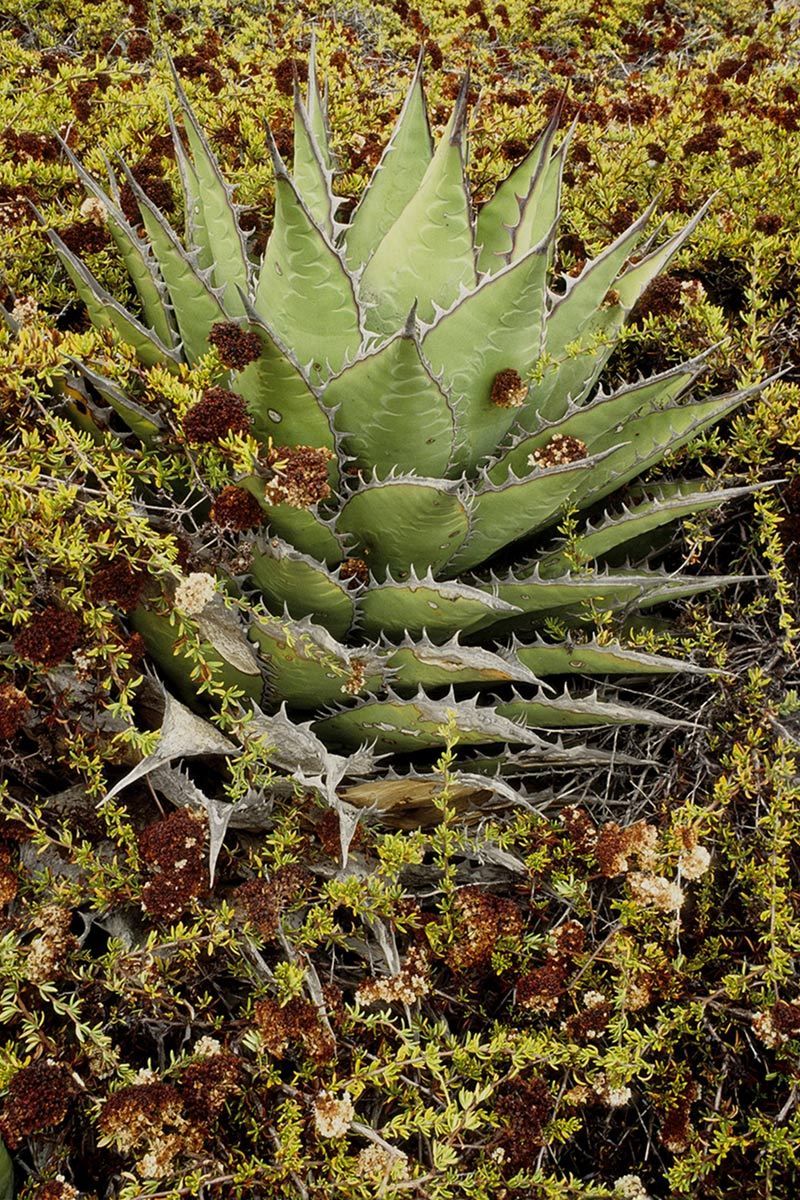
Shaw's agave (Agave shawii), a U.S. Federally-endangered species, surrounded by the rusty fronds of California buckwheat (Eriogonum fasciculatum) at Cabrillo National Monument near San Diego.
-
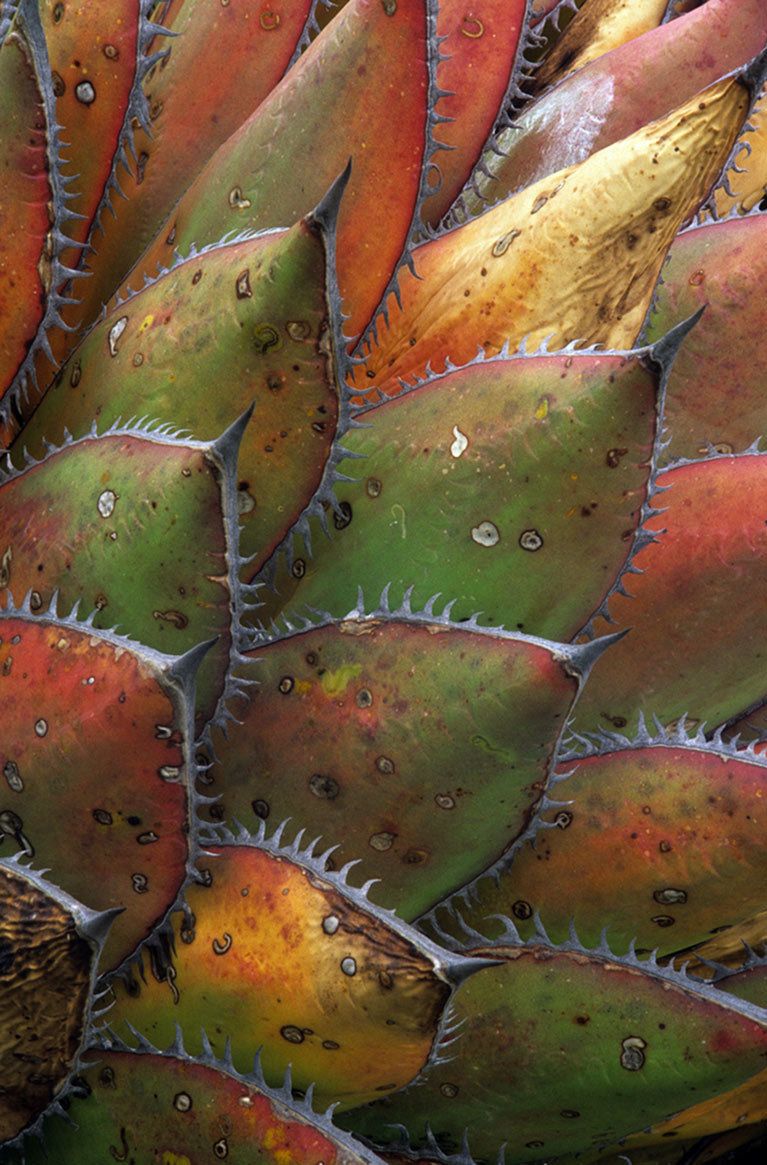
Come late summer, the leaf pads of the Shaw’s Agave, a federally-endangered succulent in southern California, turn from green into a range of warm hues.
-
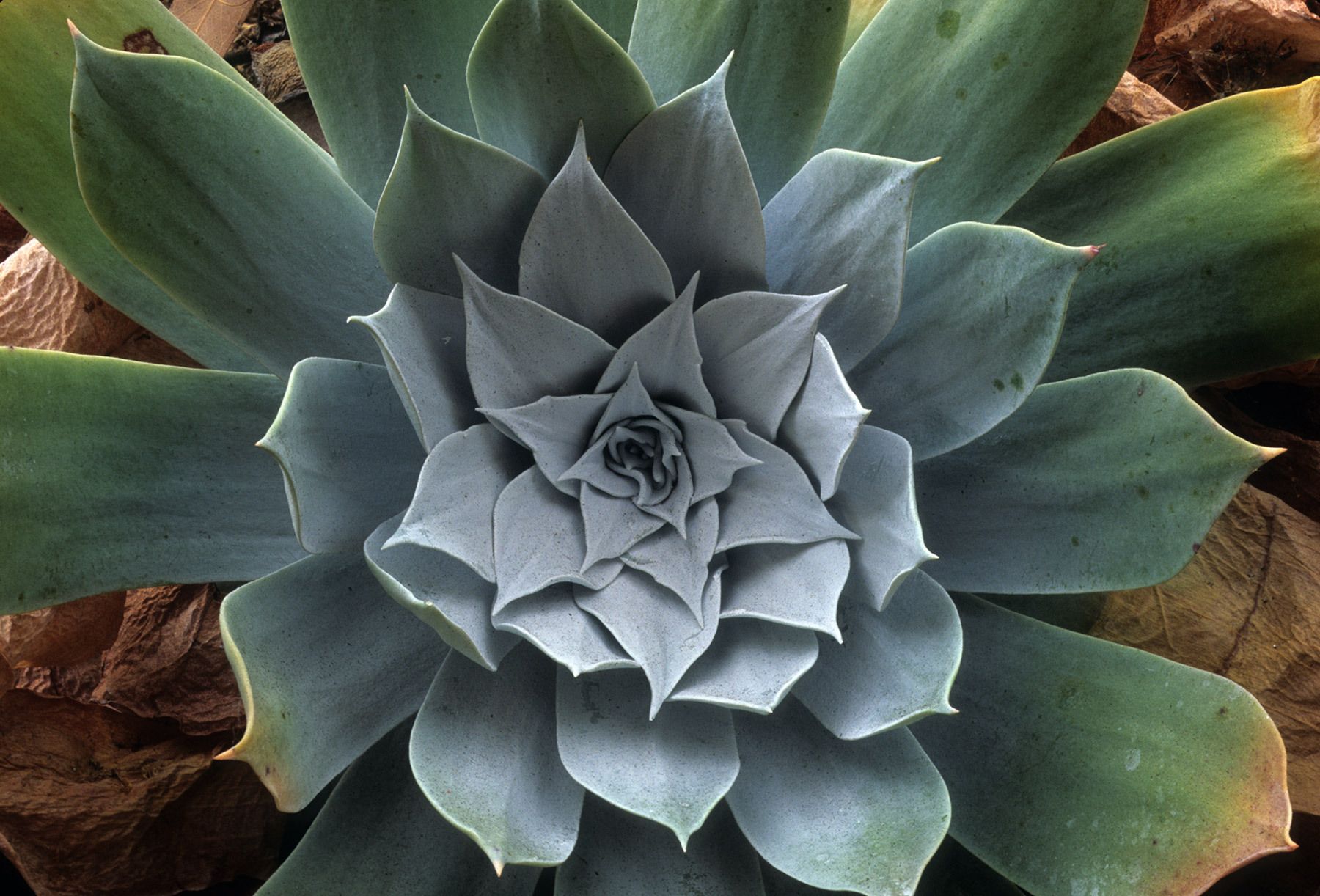
This Chalk dudleya (Dudleye pulverulenta) is a member of succulent plant group associated with the endangerd coasal sage plant community of southern California. The leaves of the basal rosette have a with a powdery coating that is adaptive, relflecting sunlight and preventing dessication. Photographed on a cliff face near Laguna Beach, California.
-
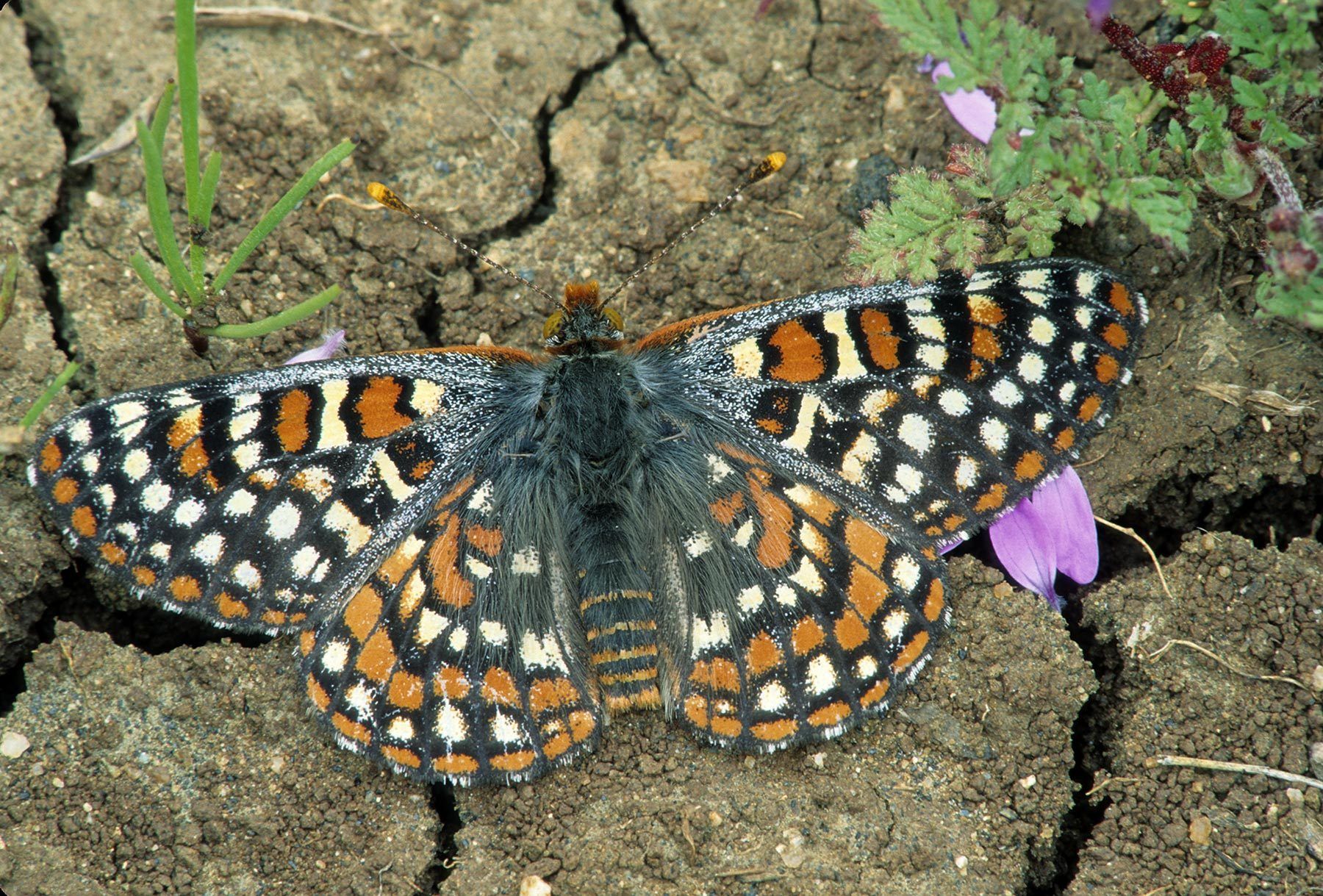
Quino checkerspot butterfly (Euphydryas editha quino), a U.S. federally-endangered species in the coastal sage scrub plant community of southern California. Photographed on a hilltop above Lake Skinner, Riverside County, California as the fog cleared and it warmed it's wings before flight.
-
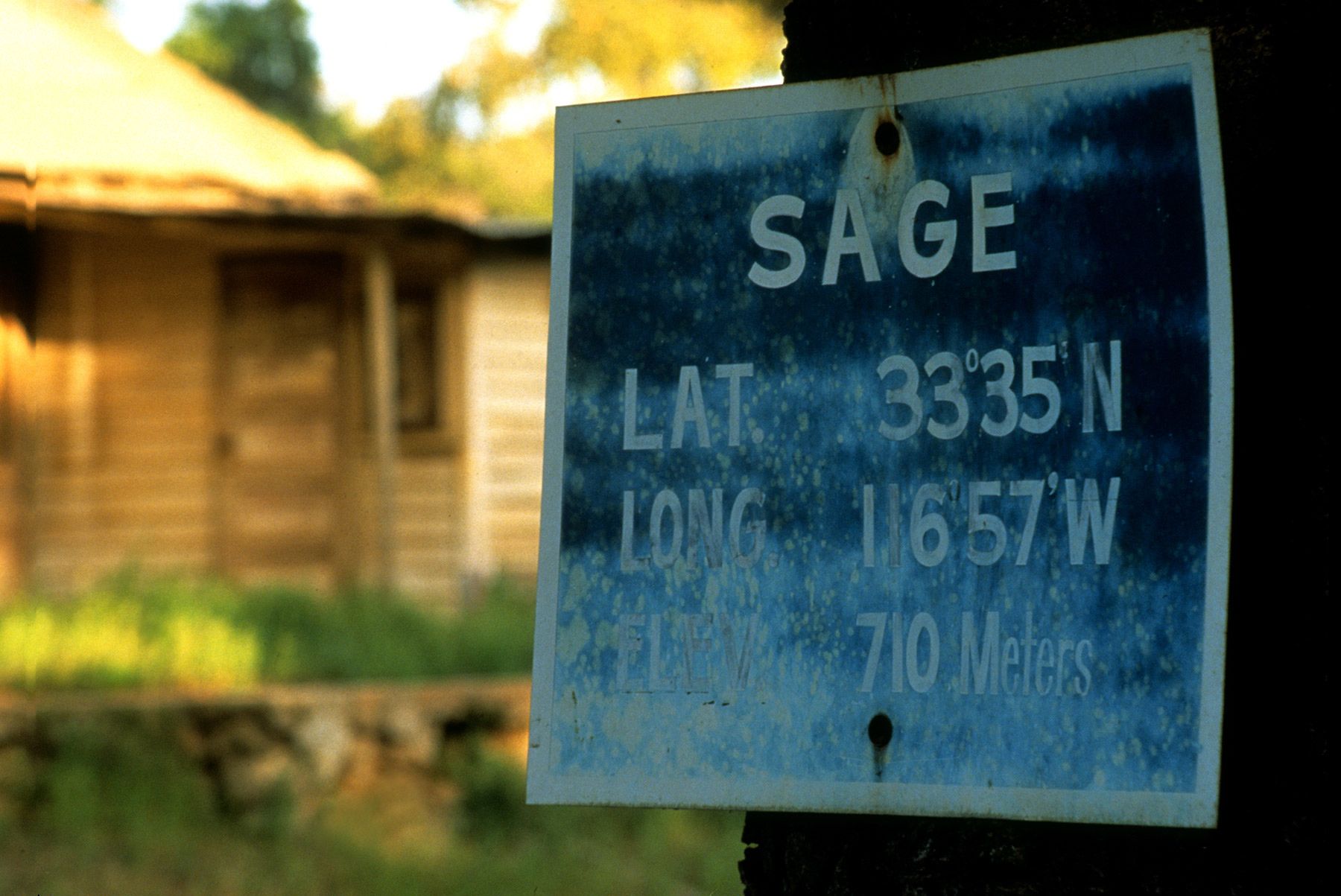
Sage is a small town in southern California and surrounded by large expanses of the riversidian sage scrub plant community.
-
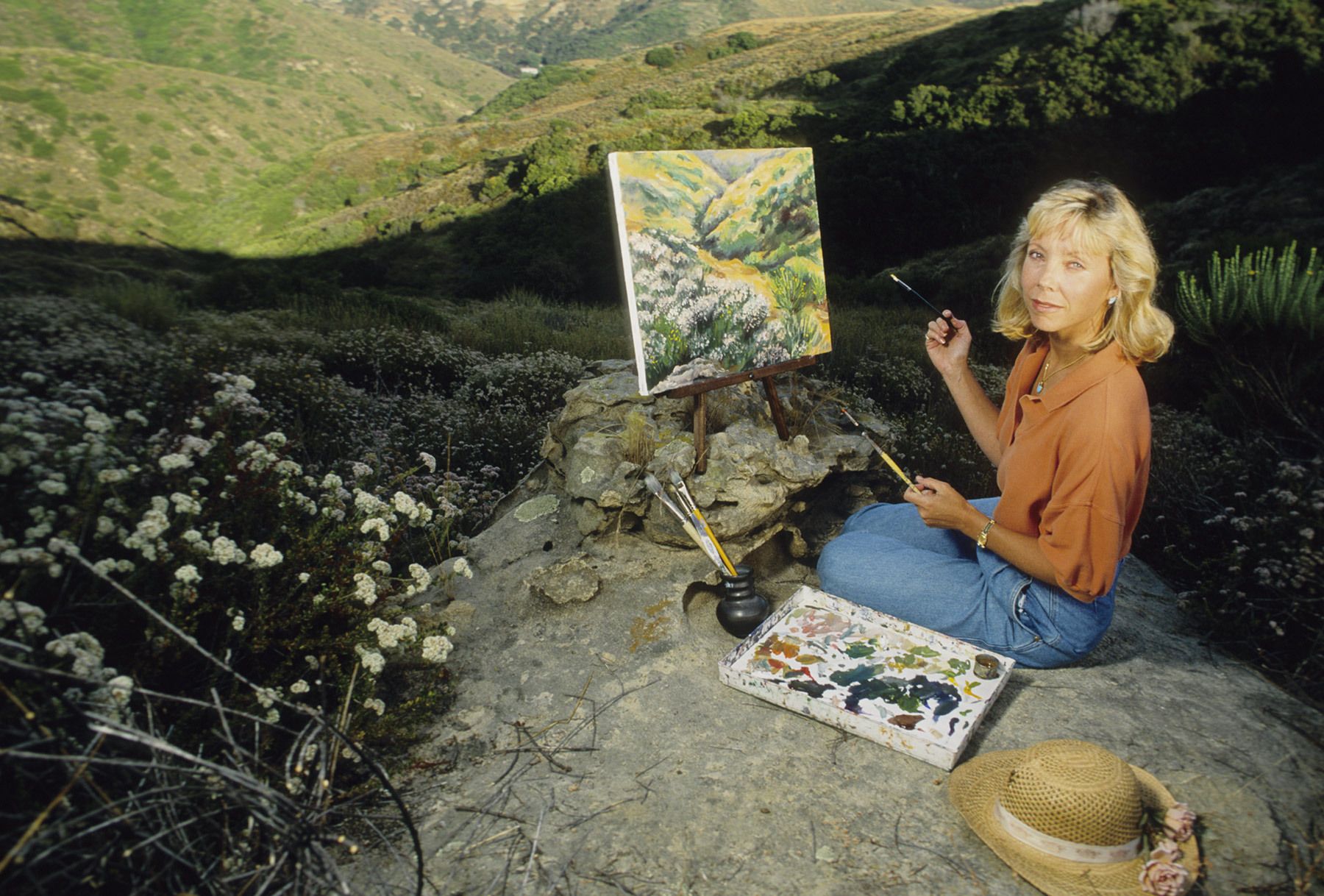
Artist Karen Blume, a plein-air landscape painter, works above the Laguna Canyon Wilderness Area near Laguna Beach, California. The white blooms of California buckwheat are seen to her left.
-
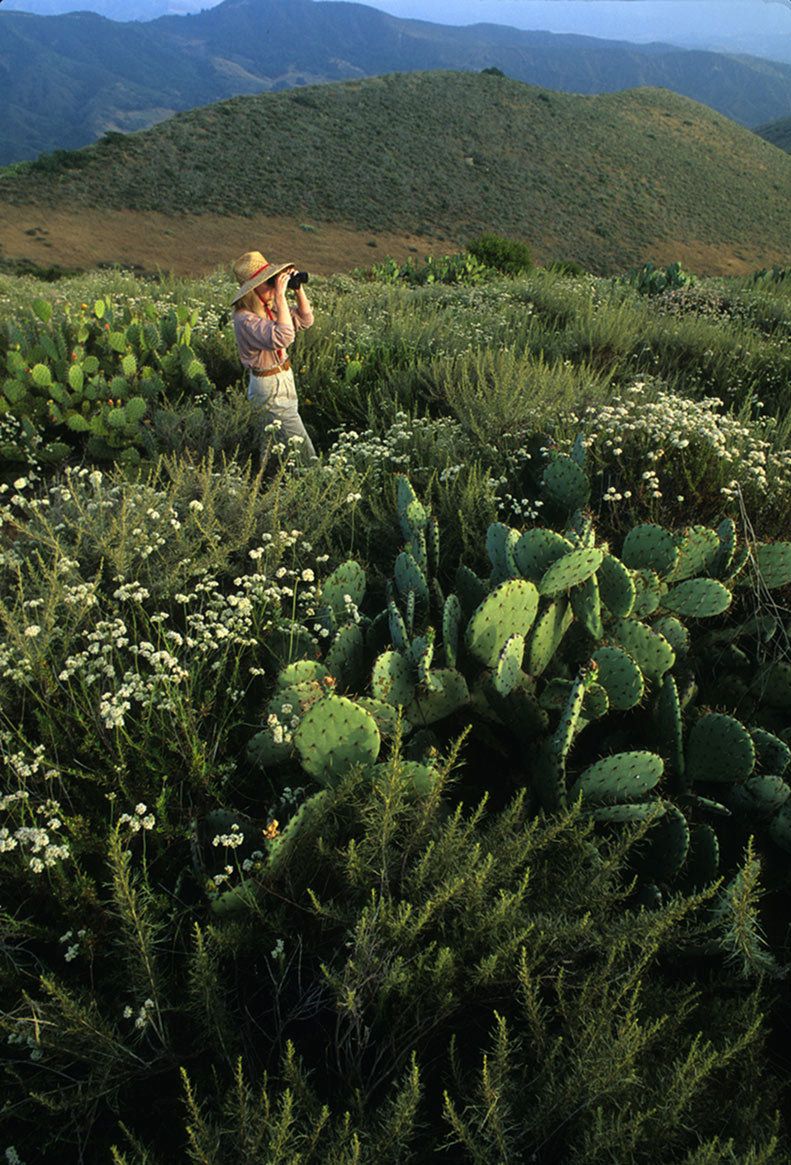
Birdwatching in the pristine coastal sage scrub habitat at the Starr Ranch Sanctuary of the National Audubon Society near Foothill Ranch, Orange county, California. Dominant plants of this plant community include the aromatic California sagebrush (Artemesia california), white-flowering California buckwheat (Eriogonum fasciculatum) and prickly pear cactus (Opuntia littoralis).
-
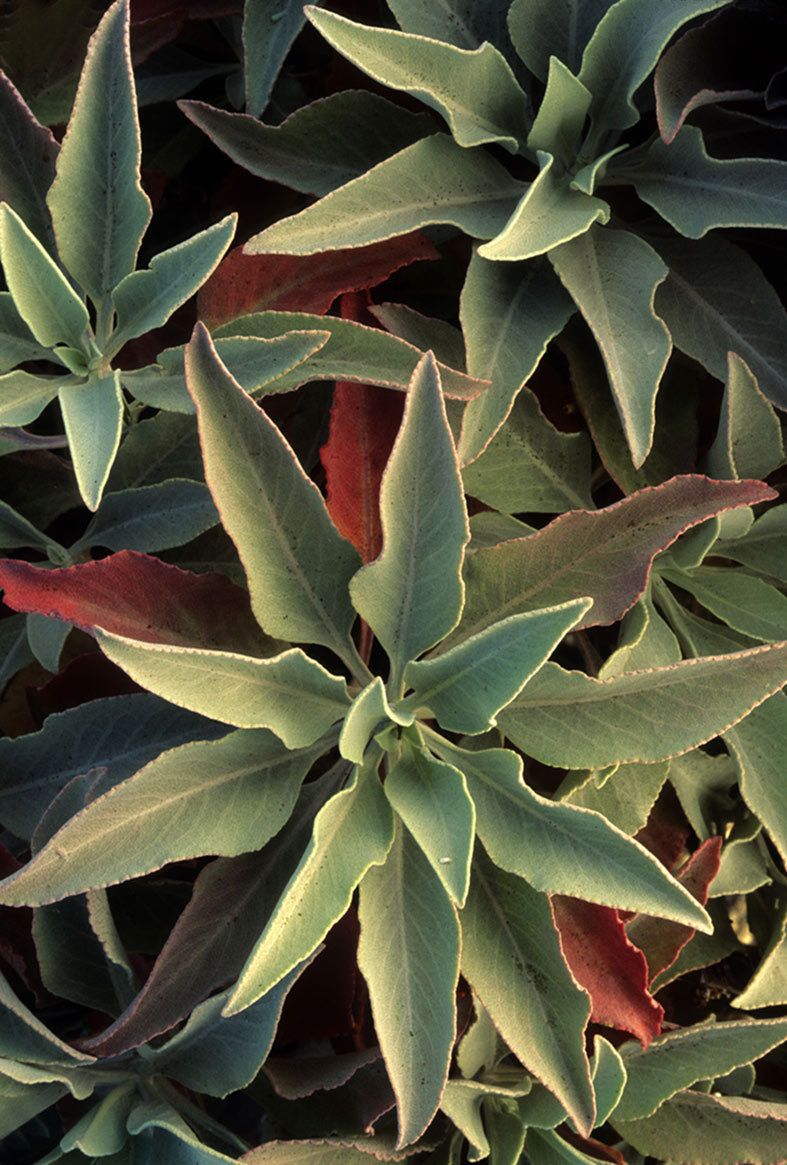
White sage (Salvia apiana) leaves are harvested in the winter in the San Gabriel mountain foothills by native Americans for ceremonial use. White sage is one of the dominant plant species in the Riversidian sage scrub community.
-
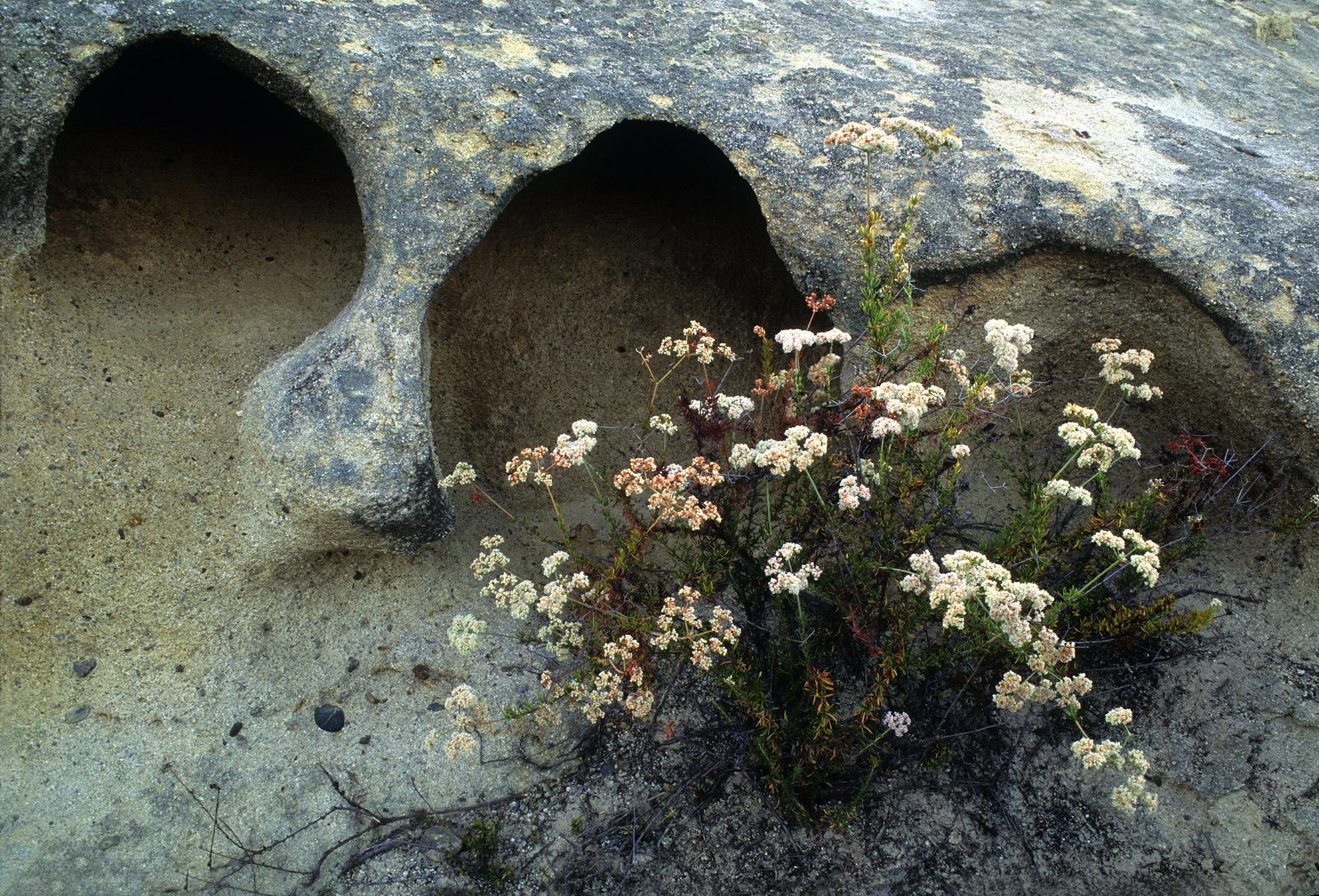
California buckwheat (Eriogonum fasciculatum) grows on an exposed limestone marine terrace.
-
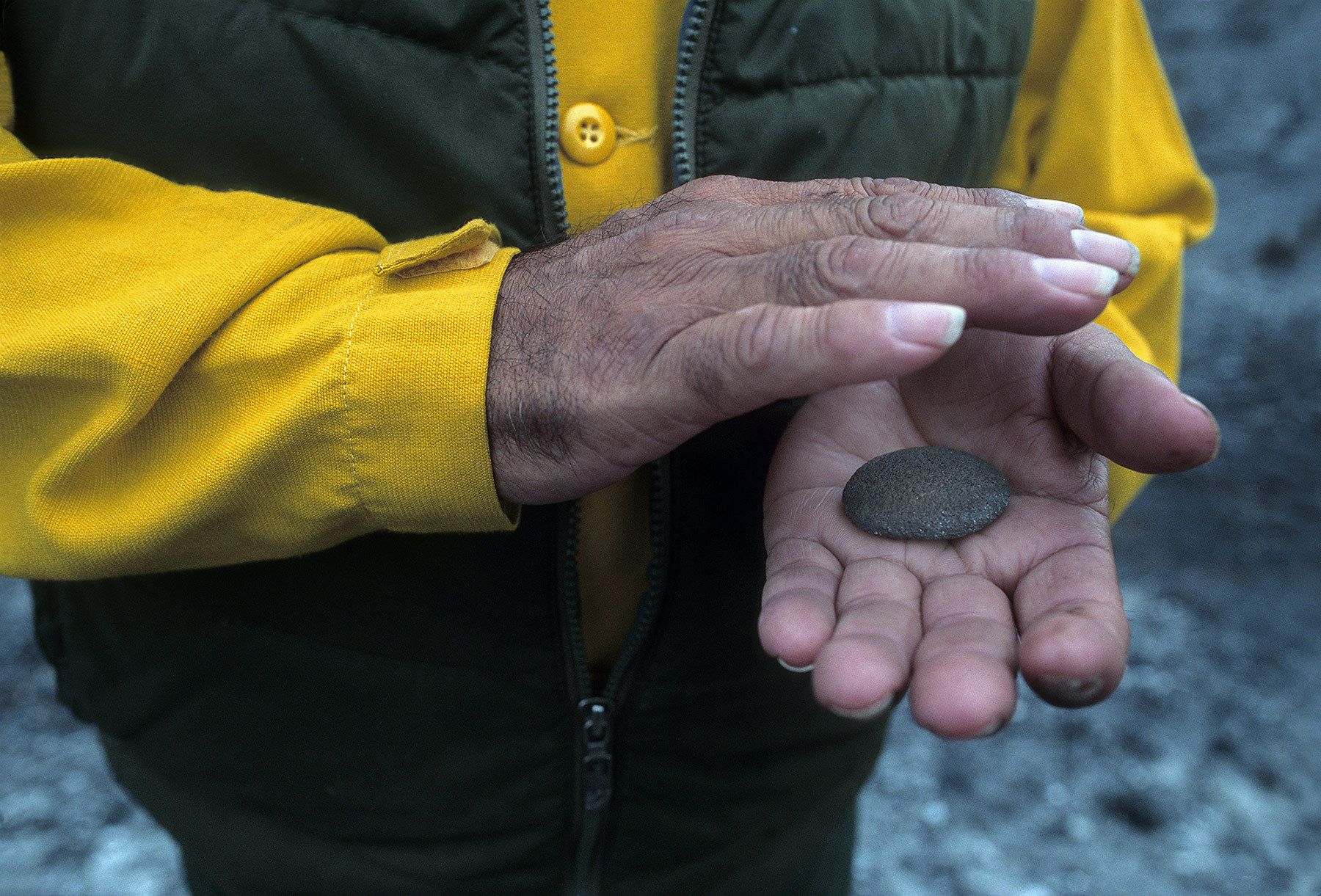
"Charm stone" held by a native American park ranger. The stone, apparently of native Coast Miwok use, was recovered from exposed high beach following the 1995 Vision wildlfire that swept much of the park.
-
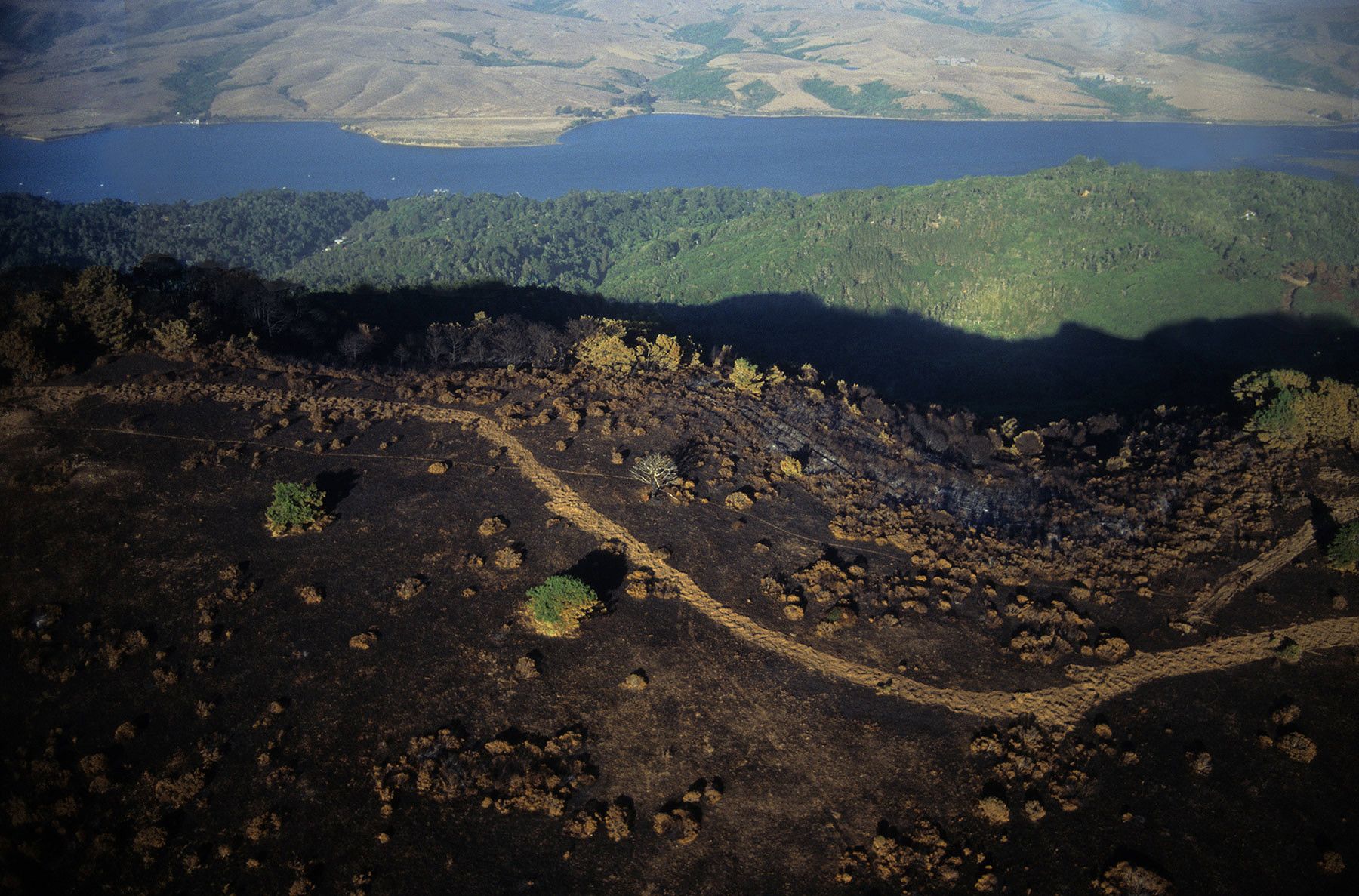
-
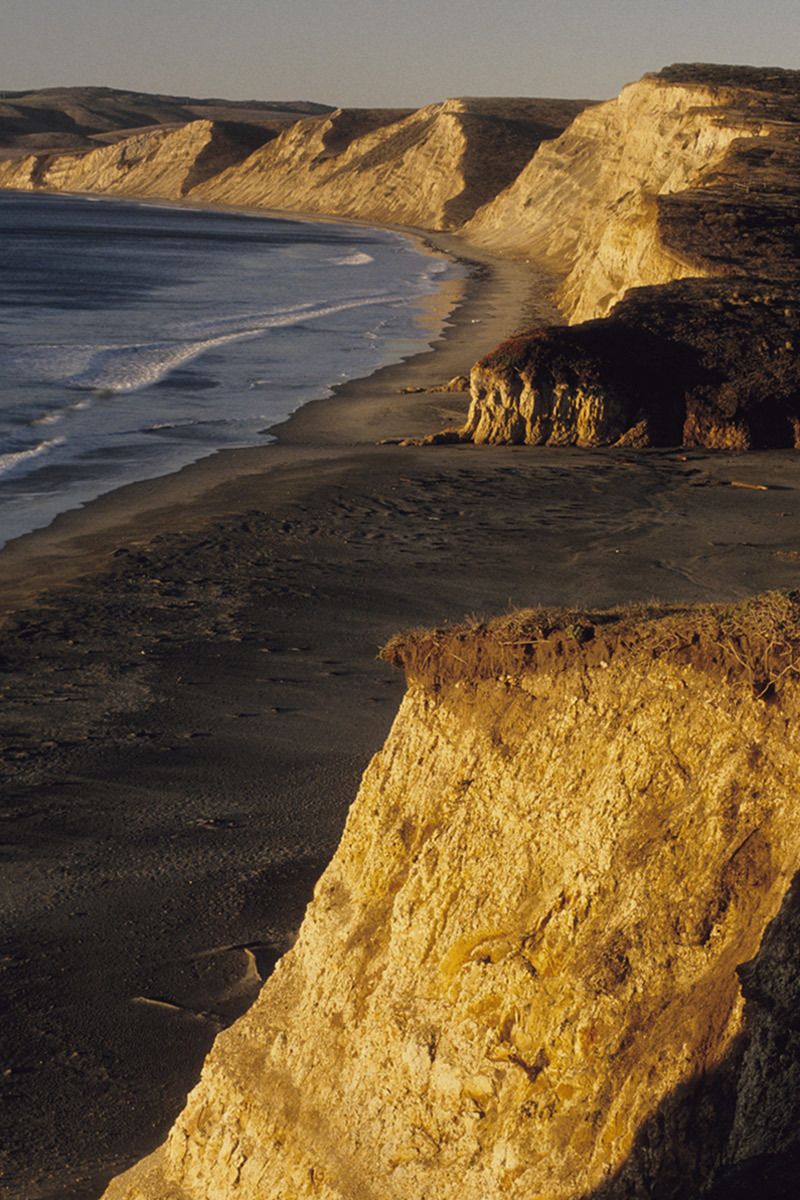
Drakes Beach in Drakes Bay, Point Reyes National Seashore. Located on the Pacific Coast, this national park protects 30 miles of pristine beach and coastal strand, estuarine marsh and forest habitats rich with rare plant and wildlife north of San Francisco.
-
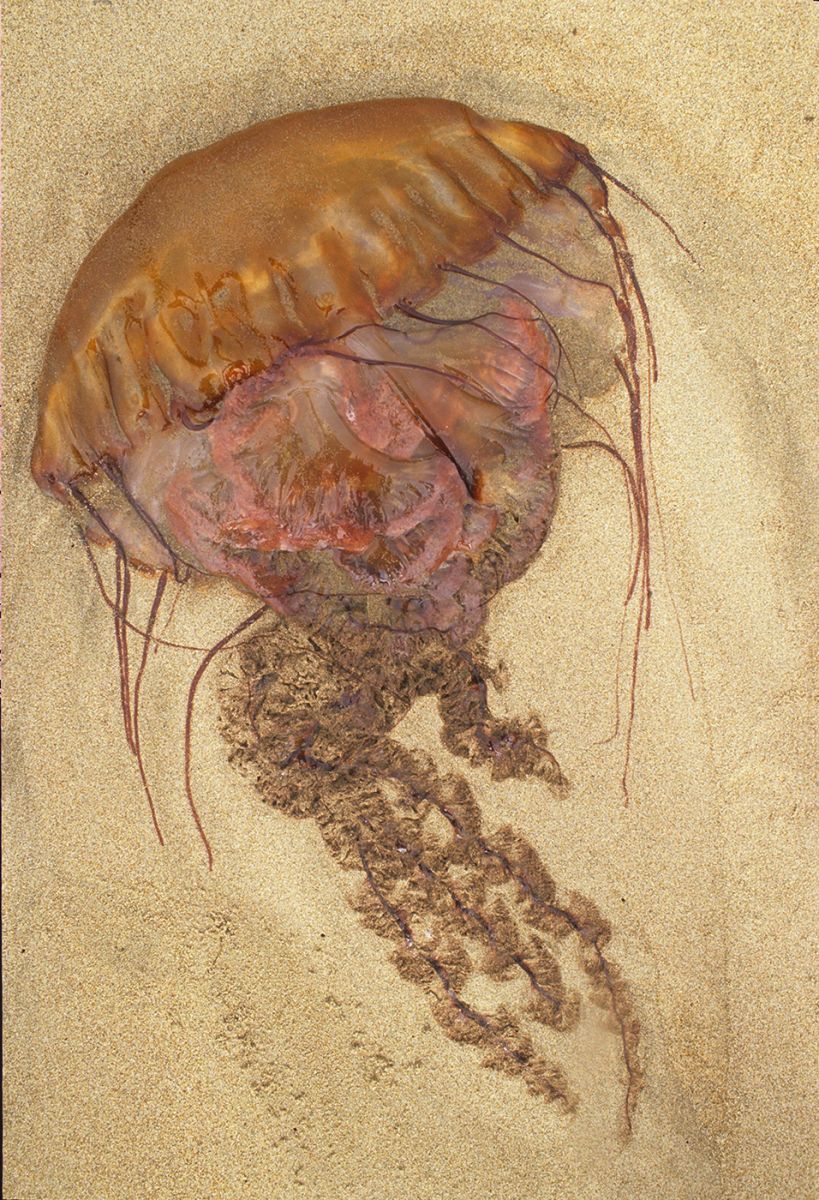
One morning after a winter storm, while combing Drakes Beach for photographs, I found this jellyfish that had come to rest beautifully, still suggesing a sense of movement. The subtle tracings of waves enhanced the form, texture and motion in this image. For me, this image portrays both the life history of the jellyfish and the serendipity of nature photography as we encounter such treasures.Point Reyes National Seashore near San Francisco, California
-
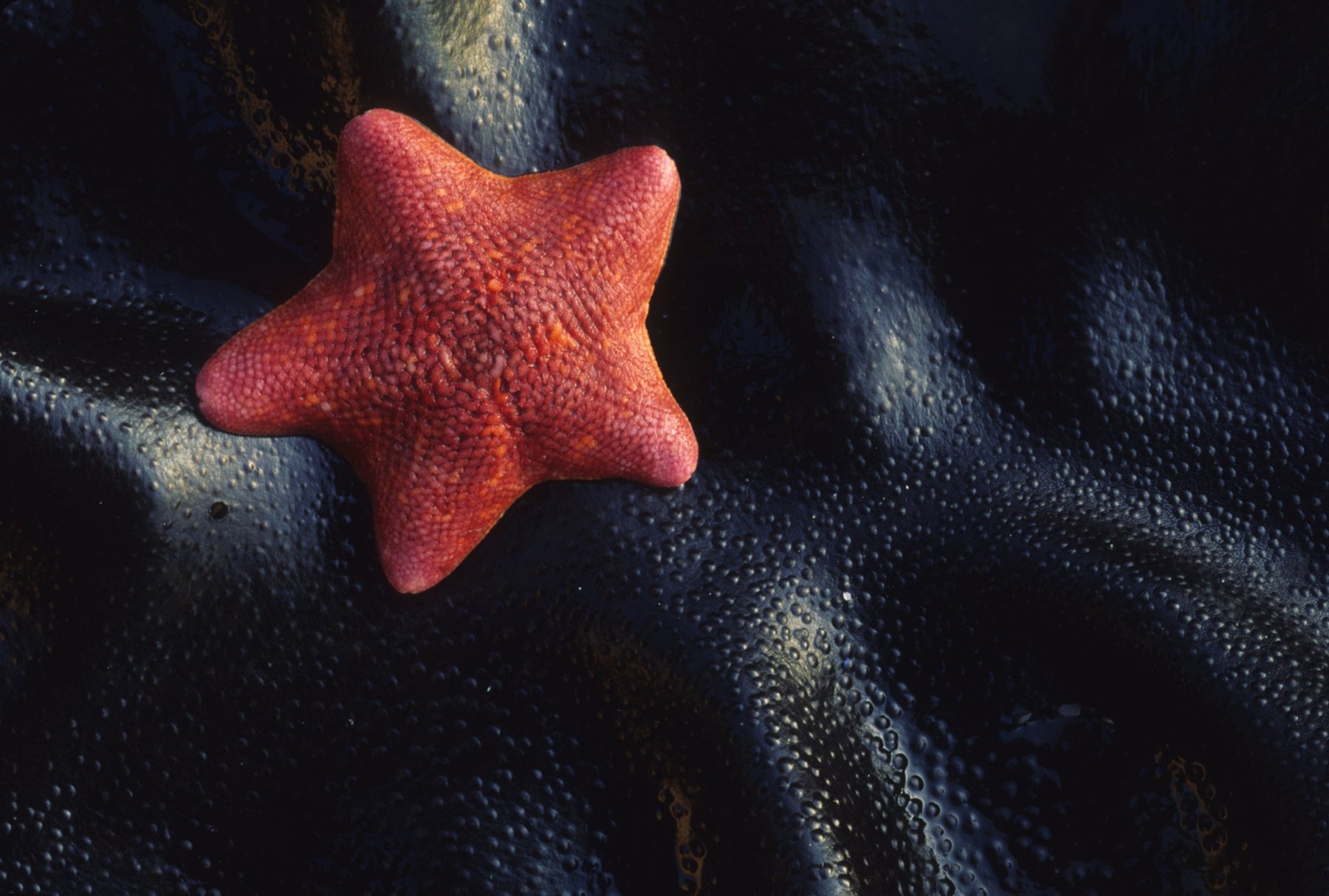
This bat star (Patiria miniata) rests on the undulating texture of Turkish towel algae (Gigartina exasperata) in the upper tide zone.
-
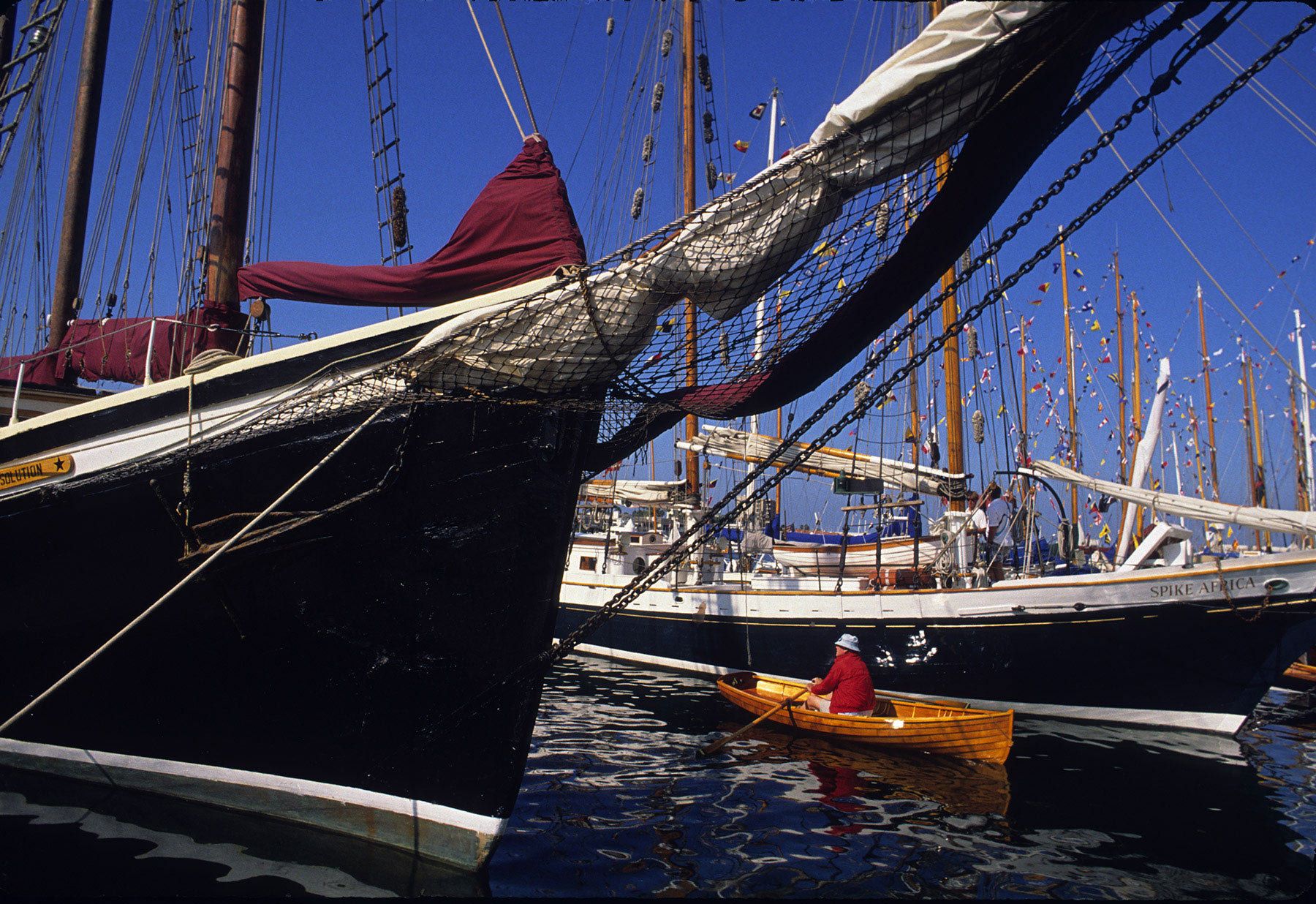
Aficionados of wooden boats of all sizes converge each year at the Wooden Boat Festival in southern California.
-
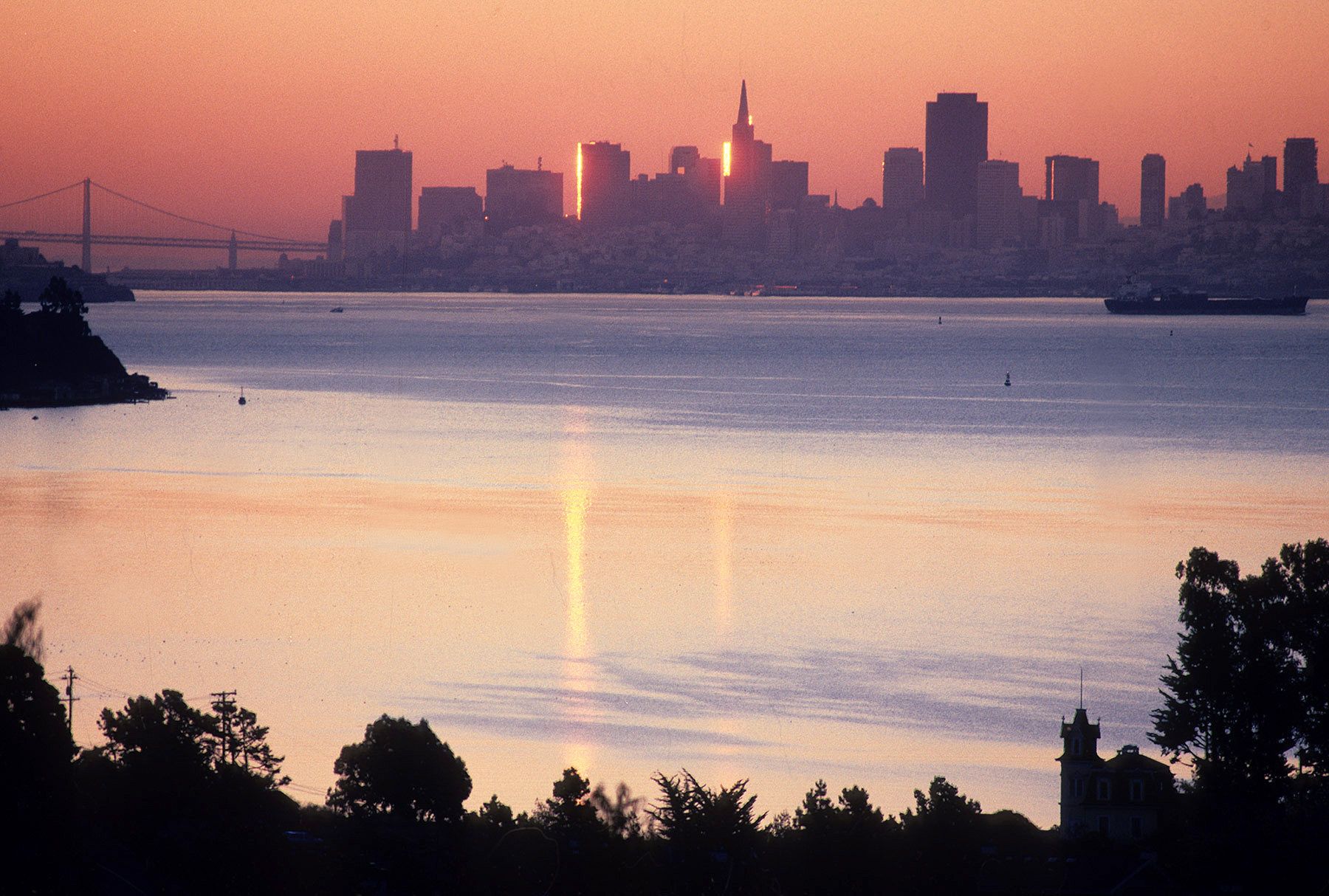
Sunrise view of San Francisco and the Golden Gate bridge looking across Richardson Bay.
-
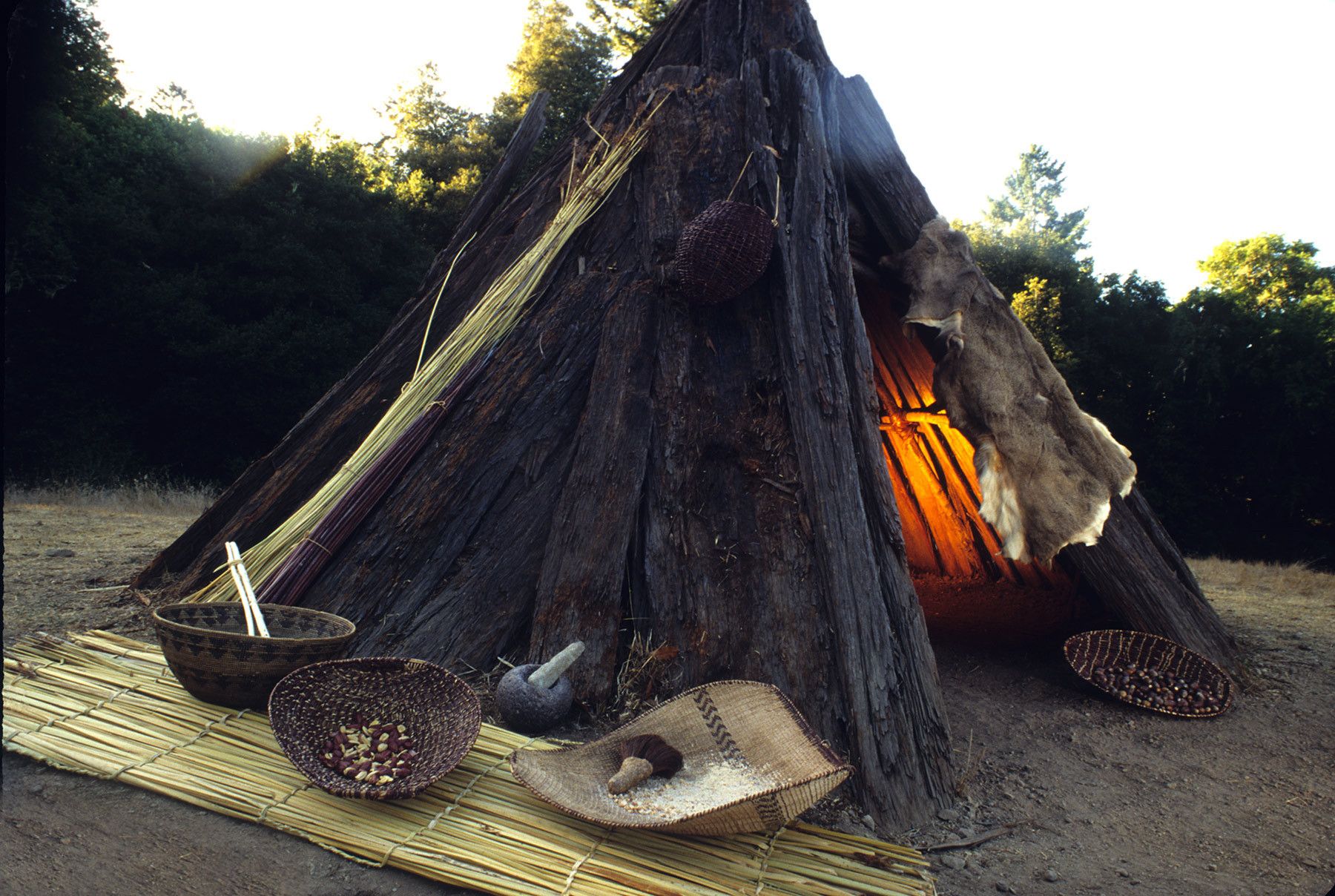
Recreated Coast Miwok "Kotcha" (place where people live) made of California redwood bark, with tule grass floor mat and baskets woven of Native marsh plants. The Kule Loklo center at the Seashore is an interpretive Coast Miwok village co-sponsored by the Federated Indians of Graton Rancheria and the National Park Service.
-
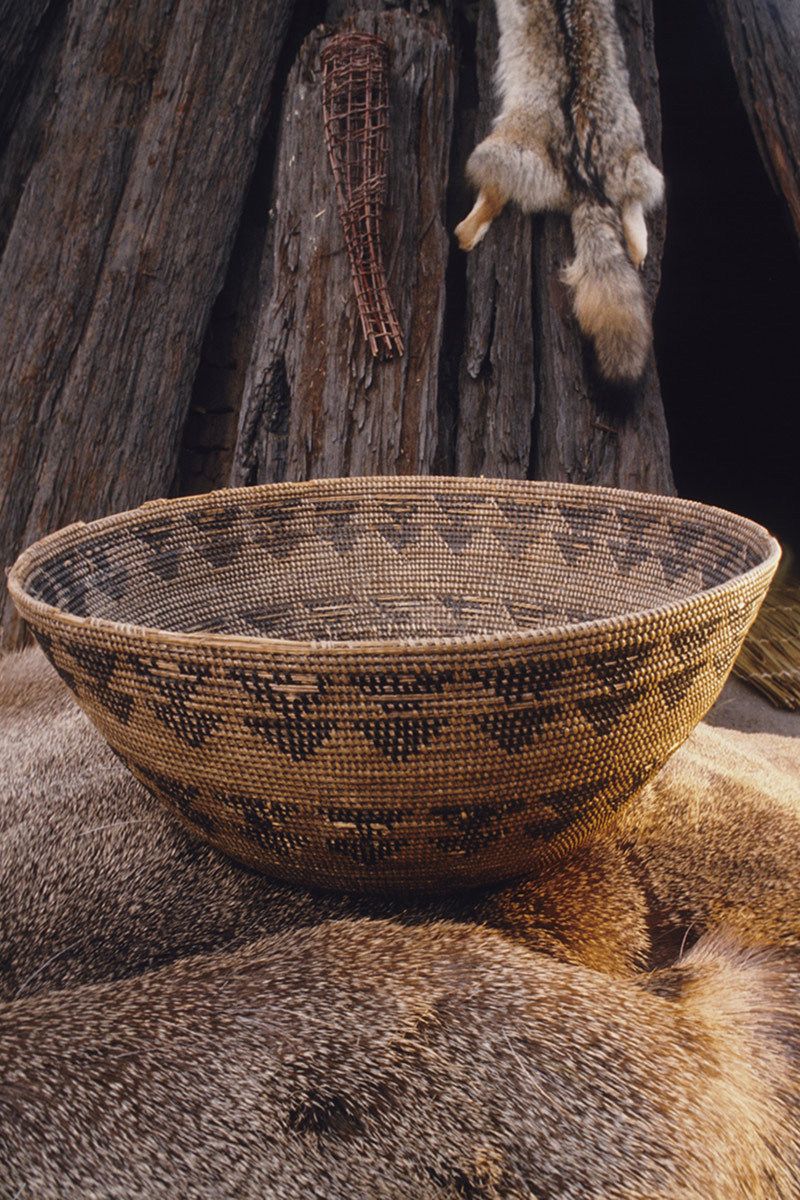
Interpreting the Coast Miwok at Point Reyes National Seashore. In this scene, an acorn mush cooking basket rests on the skin of a Native Mule deer. In the background is a recreated kotcha home made with slabs of California redwood bark. A coyote pelt and traditional fish trap hang near the opening. Kule Loklo Coast Miwok Indian Life exhibit at Point Reyes National Seashore, California. This interpretive exhibit was created in close consultation with Native interpretive staff and cultural advisors from the local Coast Miwok community.
-
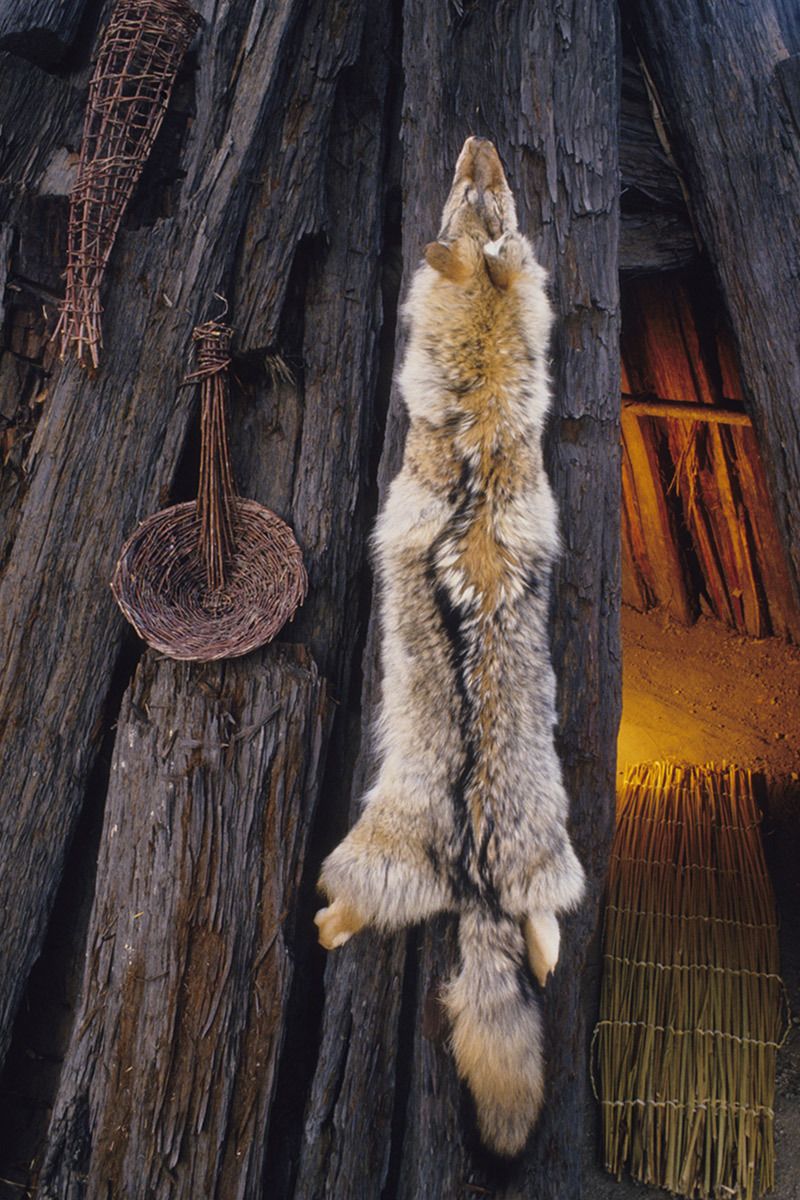
Recreated Coast Miwok "Kotcha" (place where people live) made of California redwood bark, we see (from upper left to right) a woodpecker trap, a seed beater, coyote pelt and a tule grass floor mat. The Kule Loklo center at the Seashore is an interpretive Coast Miwok village co-sponsored by the Federated Indians of Graton Rancheria and the National Park Service.
-
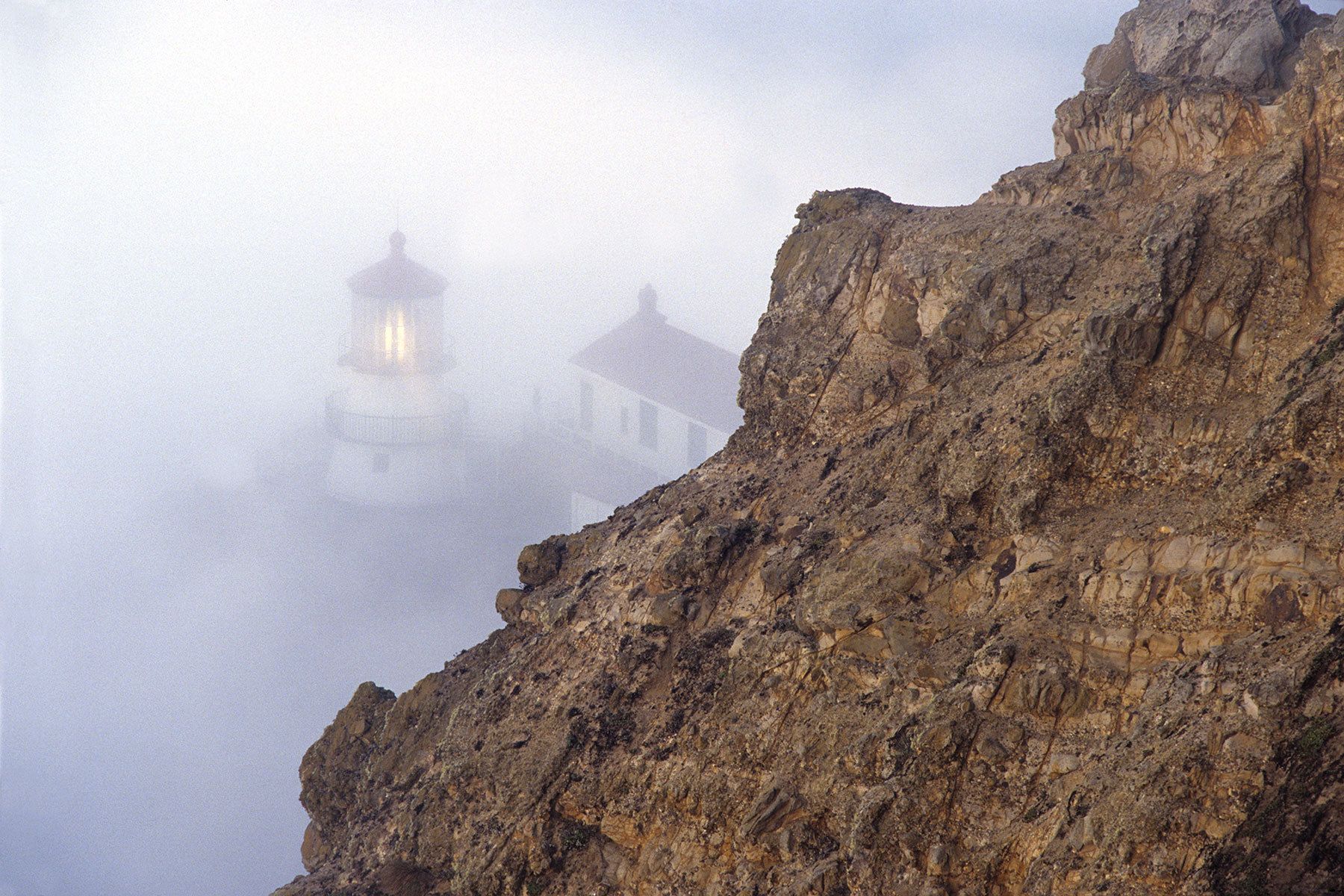
Point Reyes, just north of San Francisco, is the windiest place on the Pacific coast and the second windiest location in continental North America. Constructed in France in 1867 and hauled to this point on the Point Reyes headlands on treacherous some 300 feet over the ocean, the lighthouse served seagoers for more than a century before it was retired in 1975 by the U.S. Coast Guard and replaced with an automated beacon. However, National Park Service interpretive rangers still maintain the lighthouse and share its storied past. It could be brought back into service in case of an emergency.
-
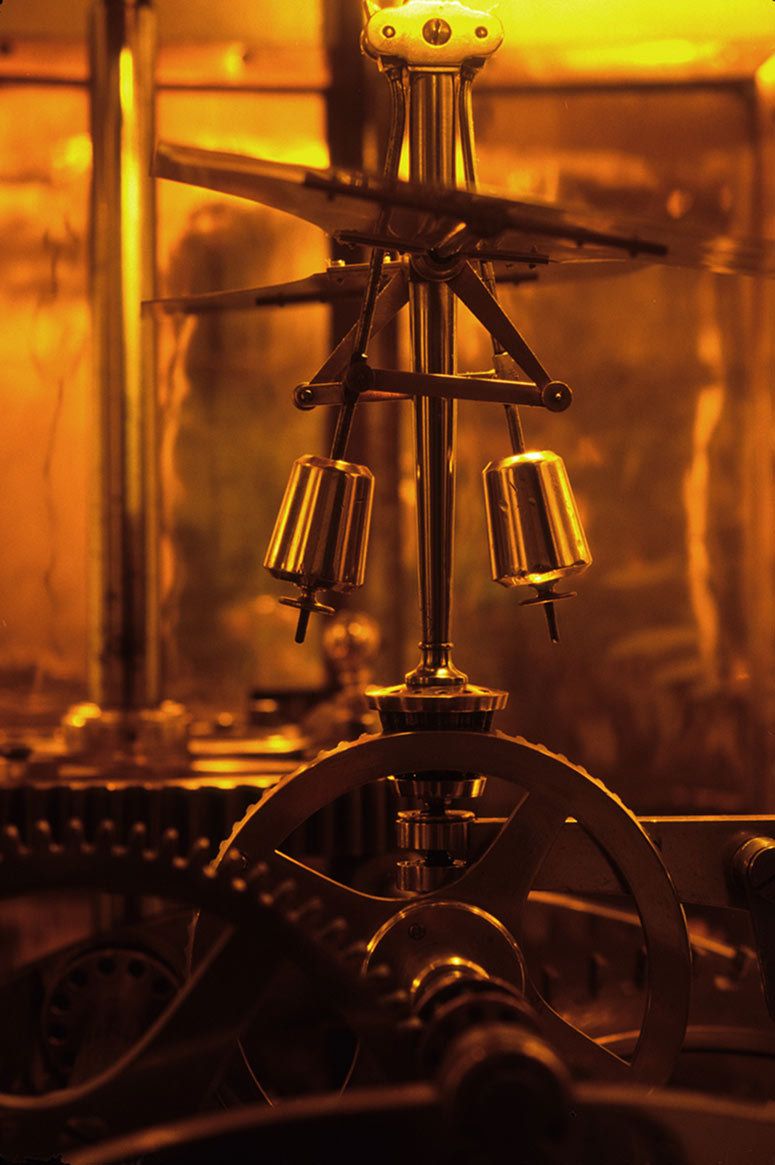
Solid brass clockwork mechanism made in Paris 1867 and installed in the 1870 historic Point Reyes lighthouse, Pt. Reyes National Seashore; California.
-
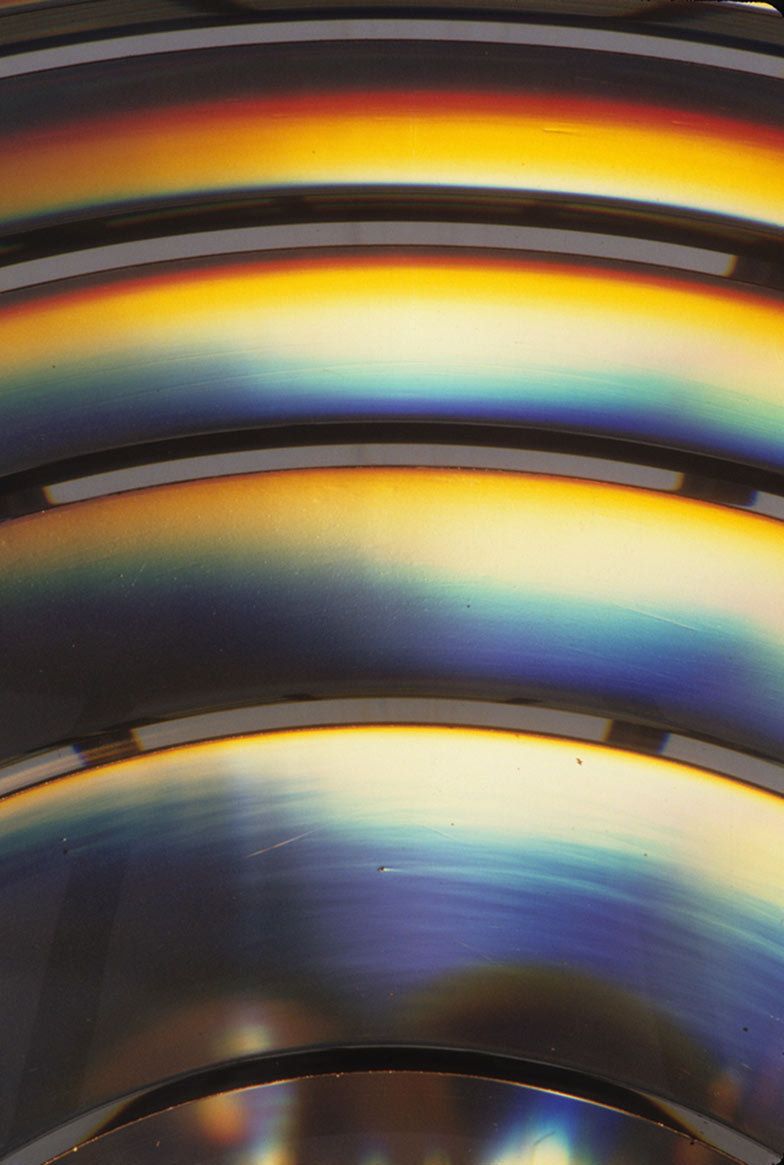
Close-up photograph of one set of crystal elements in the massive fresnel lens of the Historic Point Reyes lighthouse, constructed on the point in 1863. Still working, the lens focuses a beam 23 miles to sea.
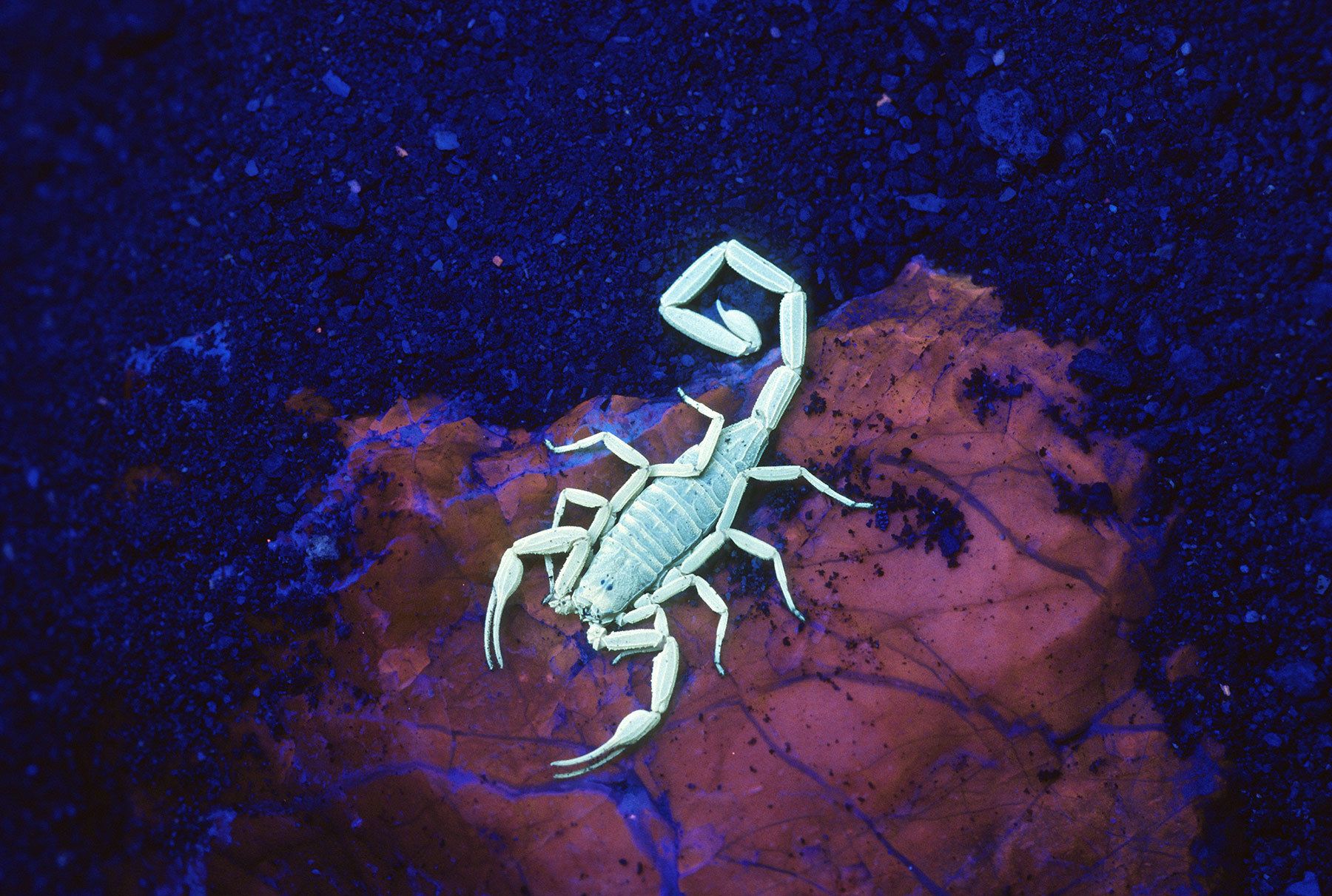
Scorpion assignment for Smithsonian magazine (Mexico)
Scorpion assignment for Smithsonian magazine (Mexico)
